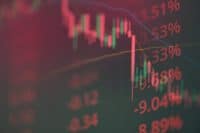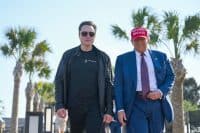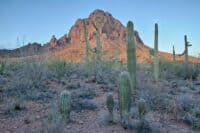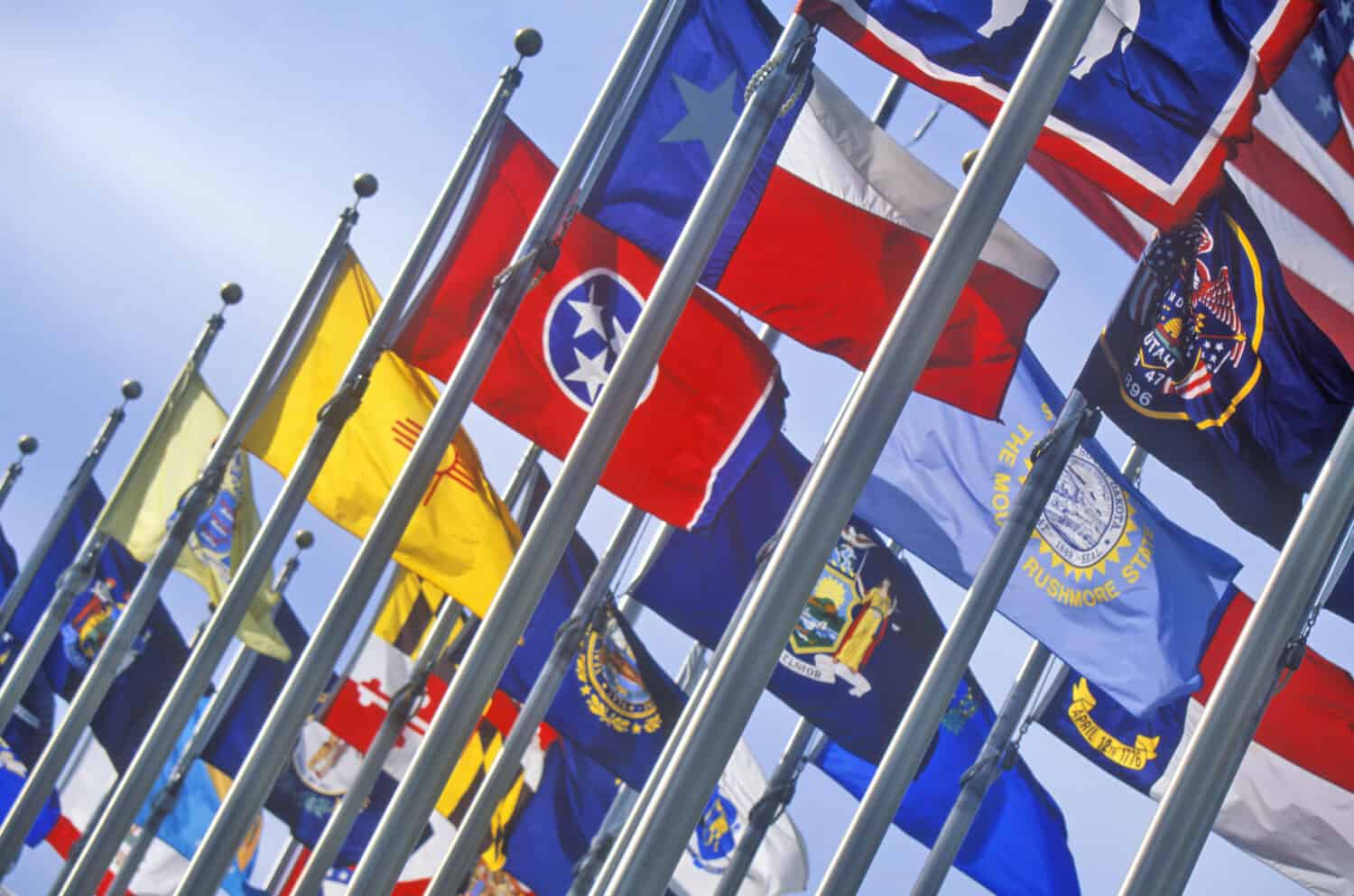
The United States started out as 13 separate British colonies that didn’t always get along with each other. After the Revolution, they could have gone on to develop as independent nations. Instead, they heeded the words of the motto, “United we stand, divided we fall,” and formed one country. Surviving wars, economic problems, social unrest, and even a Civil War, the United States has overcome all odds to become the world’s greatest superpower.
What if the states had to go it alone today, though? In a worst-case scenario, what if a natural disaster, economic collapse, catastrophic war, or intense social unrest caused some or all of the states to secede from the Union? Which of them are best suited to survive as separate countries?
Why Think About It?

Unfortunately, in recent years, political rhetoric in the country has become so strident that some fringe politicians are calling for a “national divorce.” The 2024 movie Civil War depicts such a dystopian scenario in the near future. The violence and suffering experienced by the American people in the film is deeply sobering.
A comparison of the states’ resources for independence as well as how they compare to other countries in the world can be a reality check for people who somehow think dividing the country would be a good thing. It’s not hard to see that doing so would profoundly affect every American’s safety, prosperity, and happiness for the worse.
Complicated Variables
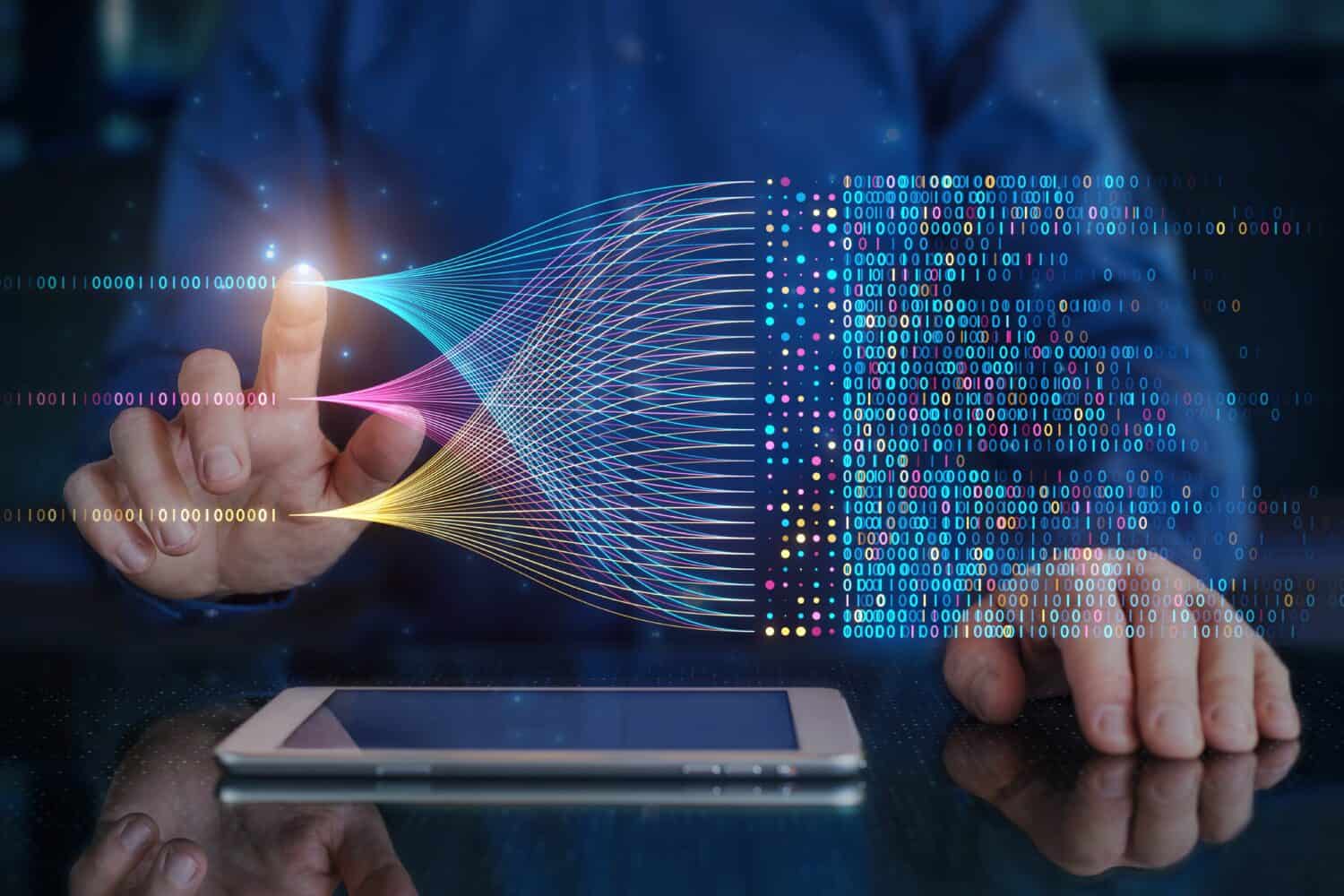
There are a lot of variables to consider when ranking states’ assets for independence. Their natural resources, access to the sea for trade, sense of distinct cultural identity, and many other factors are important. Would each state keep its current borders or split internally on geographic or ideological grounds? Would other countries intervene to help—or hurt—certain states?
Our Methodology

These variables don’t lend themselves to a brief article, so we have focused on just three easily measurable metrics: population, GDP, and active military personnel. Consulting authoritative sources like the U.S. Census Bureau, the Bureau of Economic Analysis, and World Population Review, we have listed this data along with each state’s national ranking in these 3 categories and a comparison with existing countries of those sizes. We arranged the states in ascending order based on an overall average of their national rankings in each area.
While our approach is not highly sophisticated, it can provide a rough measure to identify which states pull ahead of others by several key metrics important for their viability as independent countries.
50. Vermont

- Average rank: 49.3
- State Population: 647,818 (49th), comparable to Luxembourg.
- State GDP: $43.1 billion (50th), comparable to Latvia.
- Active-Duty Military: 118 (49th), comparable to Haiti.
- Other Factors: International border with Canada; landlocked; formerly an independent country.
49. Wyoming
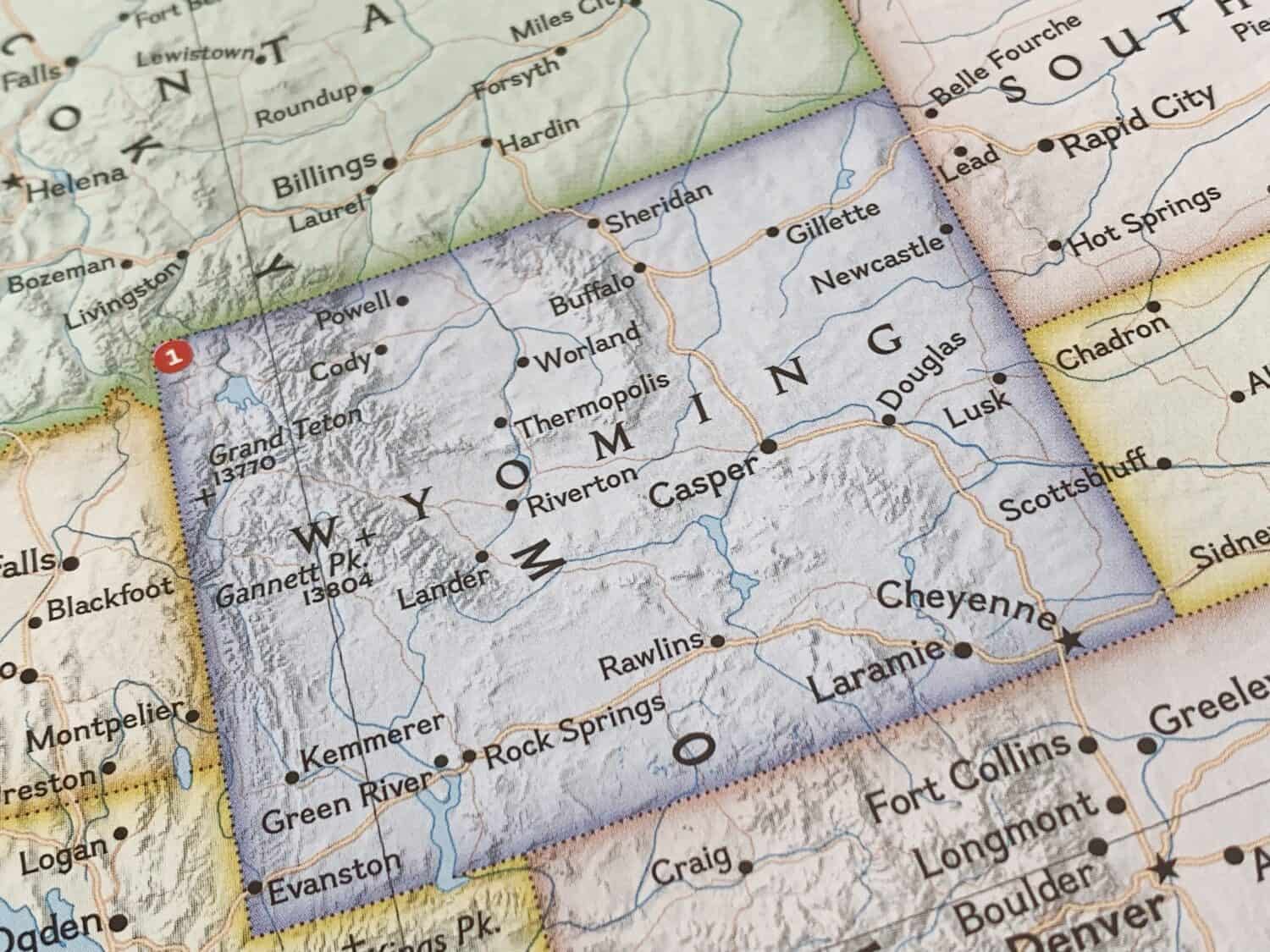
- Average Rank: 45
- State Population: 586,485 (50th), comparable to Micronesia
- State GDP: $50.2 billion (49th), comparable to Paraguay.
- Active-Duty Military: 3,148 (37th), comparable to Guyana.
- Other Factors: Landlocked; thinly populated; nuclear weapons sites.
48. Maine

- Average Rank: 44th
- State Population: 1.4 million (42nd), comparable to Mauritius.
- State GDP: $91.1 billion (43rd), comparable to Panama.
- Active Duty Military: 287 (47th), comparable to Antigua and Barbuda.
- Other Factors: International border with Canada; ports on the Atlantic.
47. West Virginia

- Average Rank: 43.3
- State Population: 1.8 million (39th), comparable to Equatorial Guinea.
- State GDP: $99.5 billion (41st), comparable to Oman.
- Active Duty Military: 117 (50th), comparable to Haiti.
- Other Factors: Landlocked but has Ohio River access; extensive coal deposits.
46. Montana
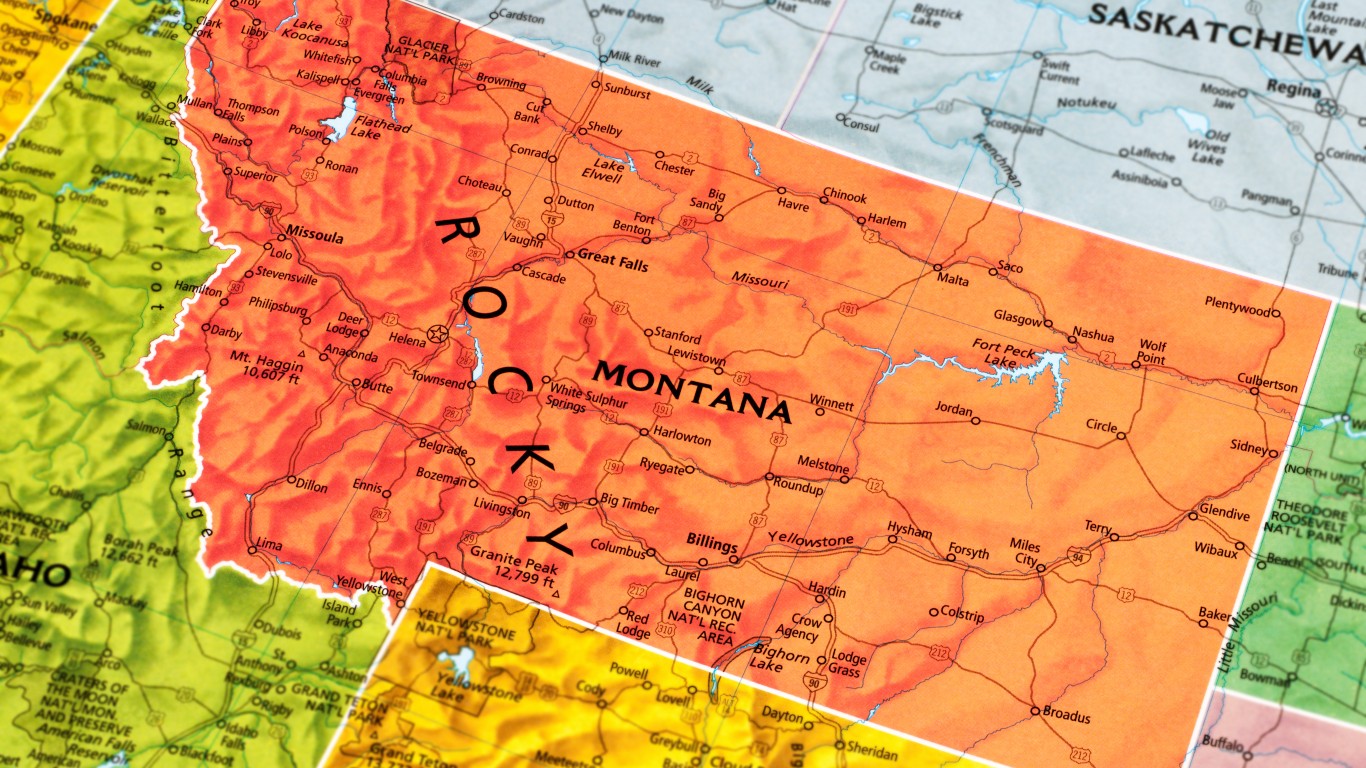
- Average Rank: 42
- State Population: 1.1 million (43rd), comparable to Cyprus.
- State GDP: $70.6 billion (47th), comparable to Serbia.
- Active Duty Military: 3,251 (36th), comparable to Guyana.
- Other Factors: International border with Canada; mineral wealth; nuclear missile facilities.
45. South Dakota

- Average rank: 42
- State Population: 928,767 (46th), comparable to Fiji.
- State GDP: $72.4 billion (46th), comparable to Lithuania.
- Active-Duty Military: 3,388 (34th), comparable to Guyana.
- Other Factors: Landlocked and thinly populated.
44. Rhode Island
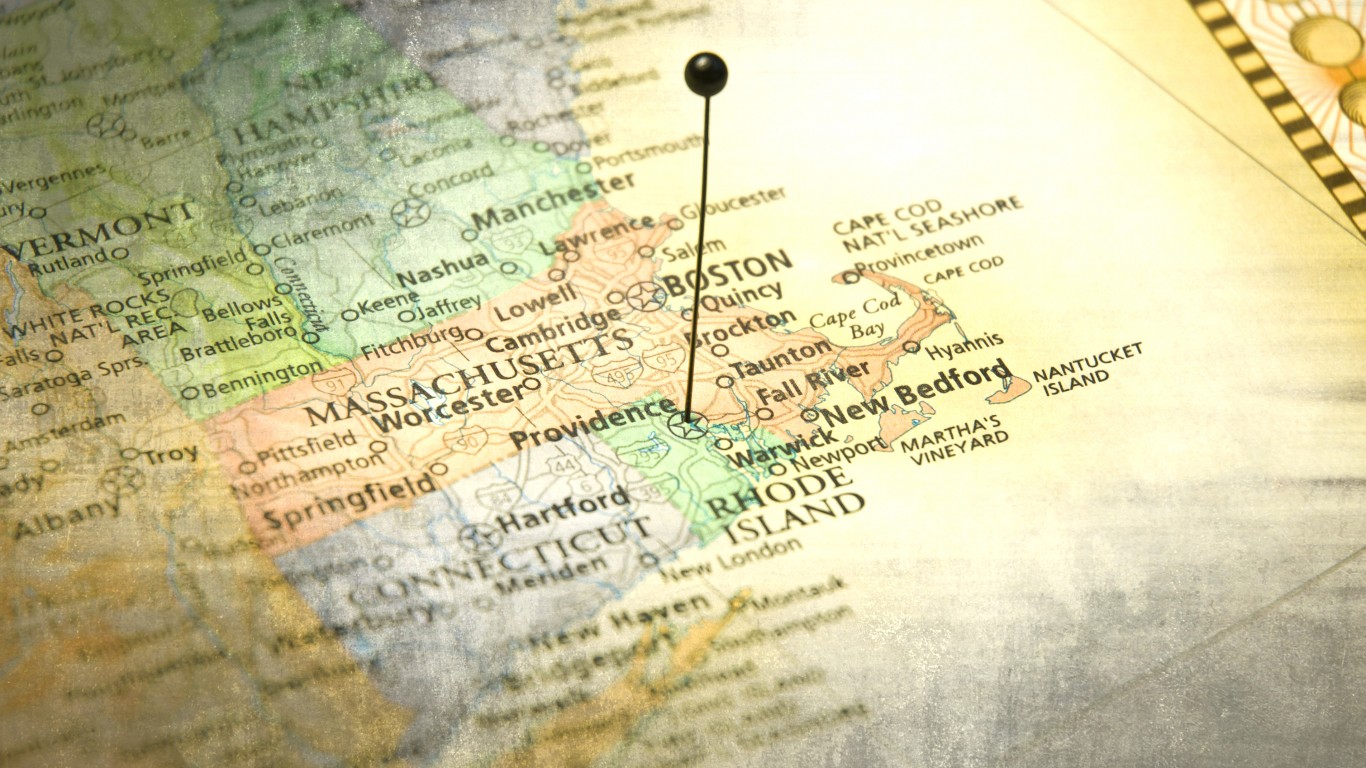
- Average Rank: 41.3
- State Population: 1.1 million (44th), comparable to Eswatini.
- State GDP: $77.3 billion (45th), comparable to Tanzania.
- Active Duty Military: 3,361 (35th), comparable to Guyana.
- Other Factors: Smallest by land area but has excellent Atlantic access for international trade.
43. New Hampshire

- Average Rank: 40.3
- State Population: 1.4 million (41st), comparable to Estonia.
- State GDP: $111.1 billion (39th), comparable to Dominican Republic.
- Active Duty Military: 1,070 (41st), comparable to Luxembourg.
- Other Factors: International border with Canada; seaport on the Atlantic
42. Delaware
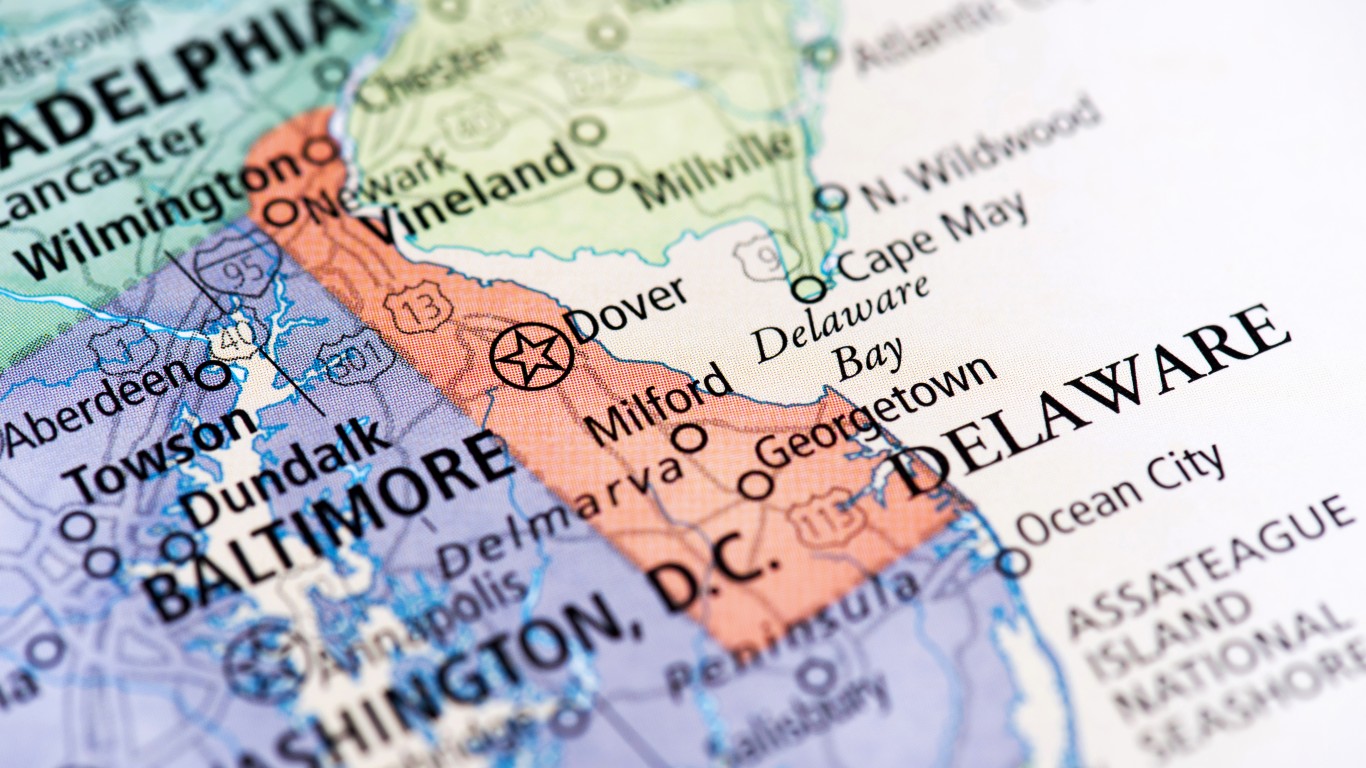
- Average rank: 40
- State Population: 1,044,321 (45th), comparable to Djibouti.
- State GDP: $93.6 billion (42nd), comparable to Venezuela.
- Active-Duty Military: 3,457 (33rd), comparable to Fiji.
- Other Factors: Atlantic Ocean access.
41. North Dakota

- Average rank: 39.3
- State Population (Rank): 788,940 (47th), comparable to Bhutan.
- State GDP: $74.1 billion (44th), comparable to Lebanon.
- Active-Duty Military: 7,273 (27th), comparable to Slovenia.
- Other Factors: Landlocked and thinly populated; international border with Canada; nuclear ICBM sites; oil producer.
40. Alaska
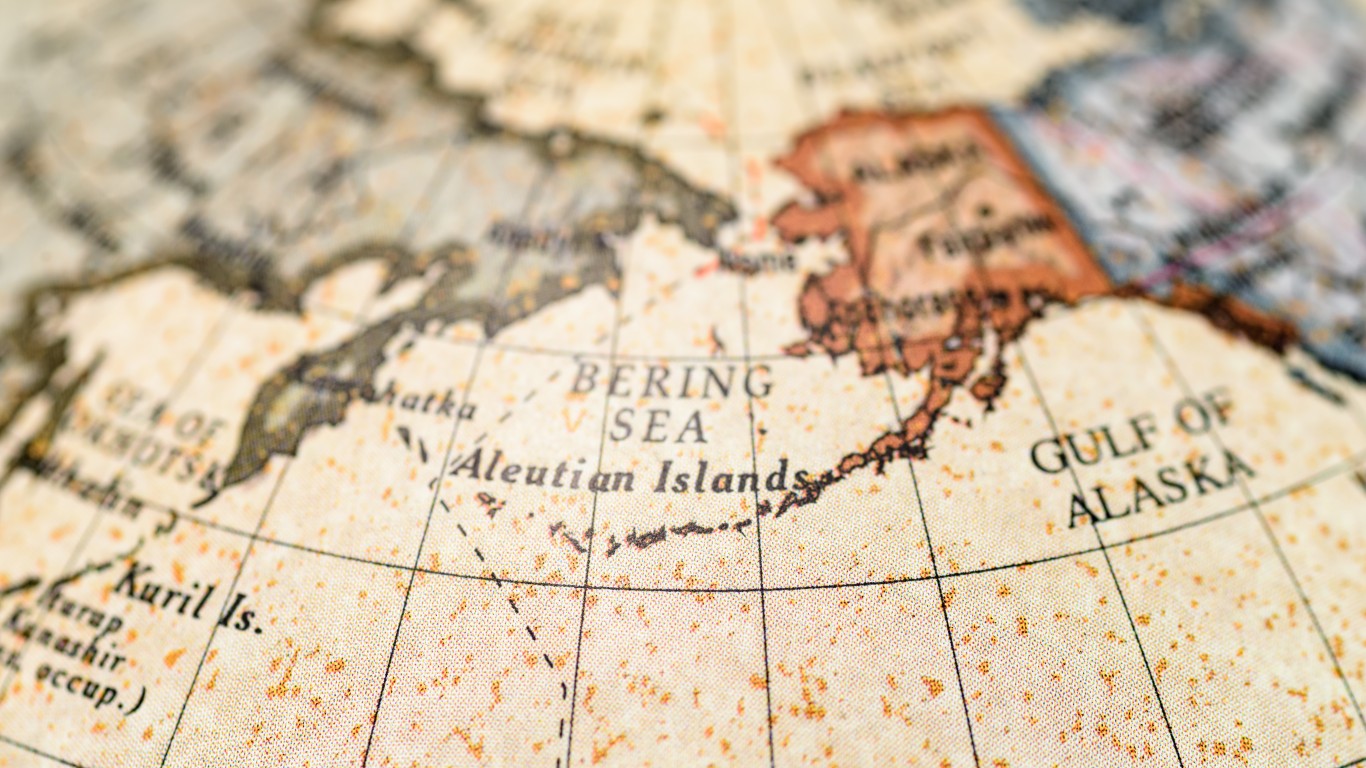
- Average rank: 37.7
- State Population (Rank): 733,536 (48th), comparable to Solomon Islands.
- State GDP: $67.3 billion (48th), comparable to Slovenia.
- Active-Duty Military: 18,500 (17th), comparable to Guatemala.
- Other factors: International border with Canada; maritime border with Russia; top 10 in mining; thinly populated; geographically distant from the rest of the country; oil producer.
39. Iowa
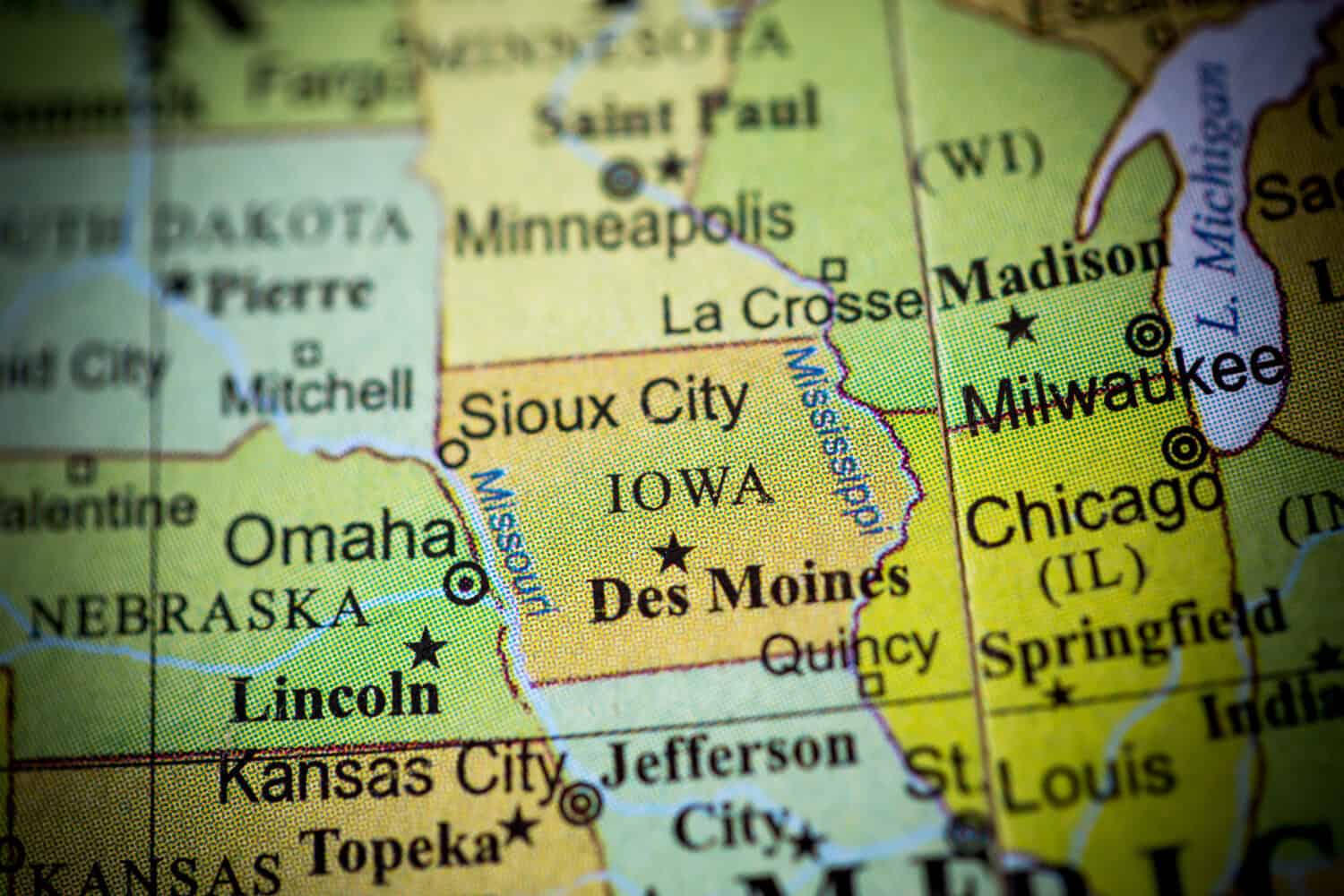
- Average Rank: 36.7
- State Population: 3.2 million (31st), comparable to Bosnia and Herzegovina.
- State GDP: $248.9 billion (31st), comparable to Qatar.
- Active Duty Military: 212 (48th), comparable to Antigua and Barbuda.
- Other Factors: Landlocked but has access to the Missouri and Mississippi rivers; top 10 in agriculture.
38. Idaho
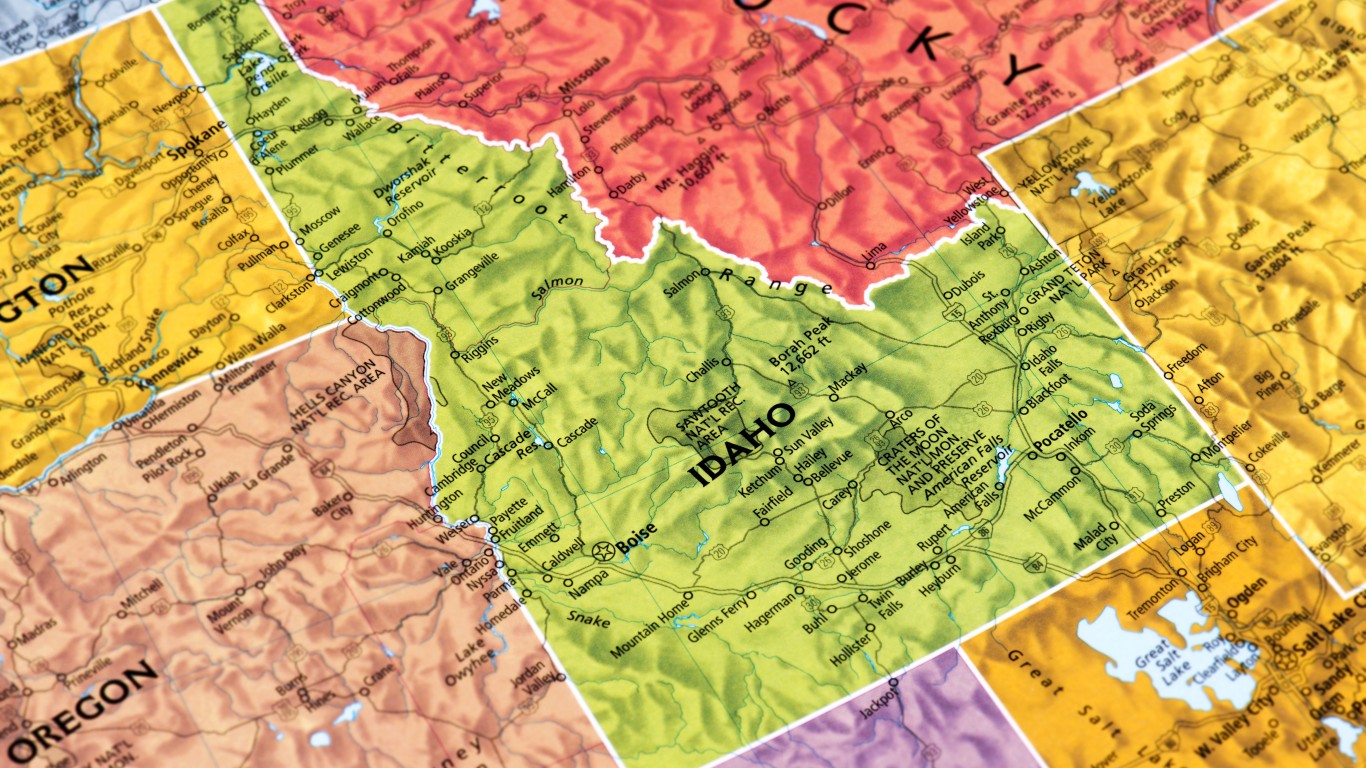
- Average Rank: 35.7
- State Population: 2 million (37th), comparable to North Macedonia.
- State GDP: $118.8 billion (38th), comparable to Guatemala.
- Active Duty Military: 3,507 (32nd), comparable to Fiji.
- Other Factors: Landlocked; international border with Canada.
37. Nebraska

- Average Rank: 33
- State Population: 1,988,698 (38th), comparable to Latvia.
- State GDP: $178 million (35th), comparable to Morocco.
- Active Duty Military: 6,506 (27th), comparable to Latvia.
- Other Factors: Landlocked; top 10 in agriculture; nuclear ICBM sites.
36. Arkansas

- Average Rank: 32.7
- State Population: 3.1 (33rd), comparable to Albania.
- State GDP: $176 billion (34th), comparable to Kuwait.
- Active Duty Military: 3,725 (31st), comparable to Papua New Guinea.
- Other Factors: Landlocked; access to Mississippi River
35. Oregon

- Average Rank: 32
- State Population: 4.2 million (27th), comparable to Kuwait.
- State GDP: $316 billion (24th), comparable to Vietnam.
- Active Duty Military: 555 (45th), comparable to the Seychelles.
- Other Factors: Seaport on the Pacific Ocean.
34. Mississippi

- Average rank: 31.3
- State Population: 2.9 (35th), comparable to The Gambia.
- State GDP: $146.4 billion (36th), comparable to Angola.
- Active-Duty Military: 10,820 (23rd), comparable to Kyrgyzstan.
- Other Factors: Access to the Mississippi River and Gulf of Mexico.
33. New Mexico
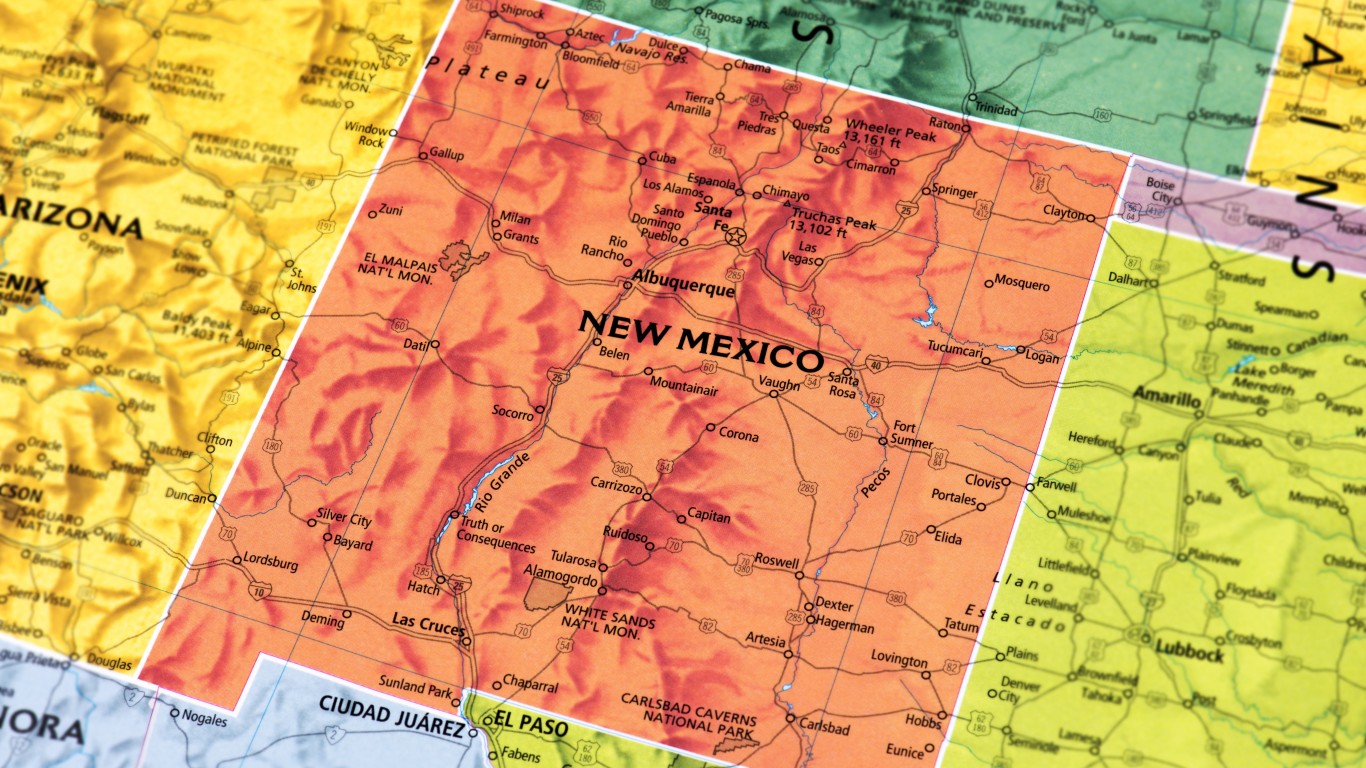
- Average rank: 31.3
- State Population: 2.1 million (36th), comparable to Slovenia.
- State GDP: $130.2 billion (37th), comparable to Ecuador.
- Active-Duty Military: 13,439 (21st), comparable to Madagascar.
- Other Factors: Landlocked; international border with Mexico.
32. Utah

- Average Rank: 30
- State Population: 3.5 million (30th), comparable to Moldova.
- State GDP: $272.6 billion (29th), comparable to Algeria.
- Active Duty Military: 4,502 (31st), comparable to Guinea-Bissau.
- Other Factors: Landlocked; mountainous; top 10 in mining; strong cultural identity.
31. Hawaii
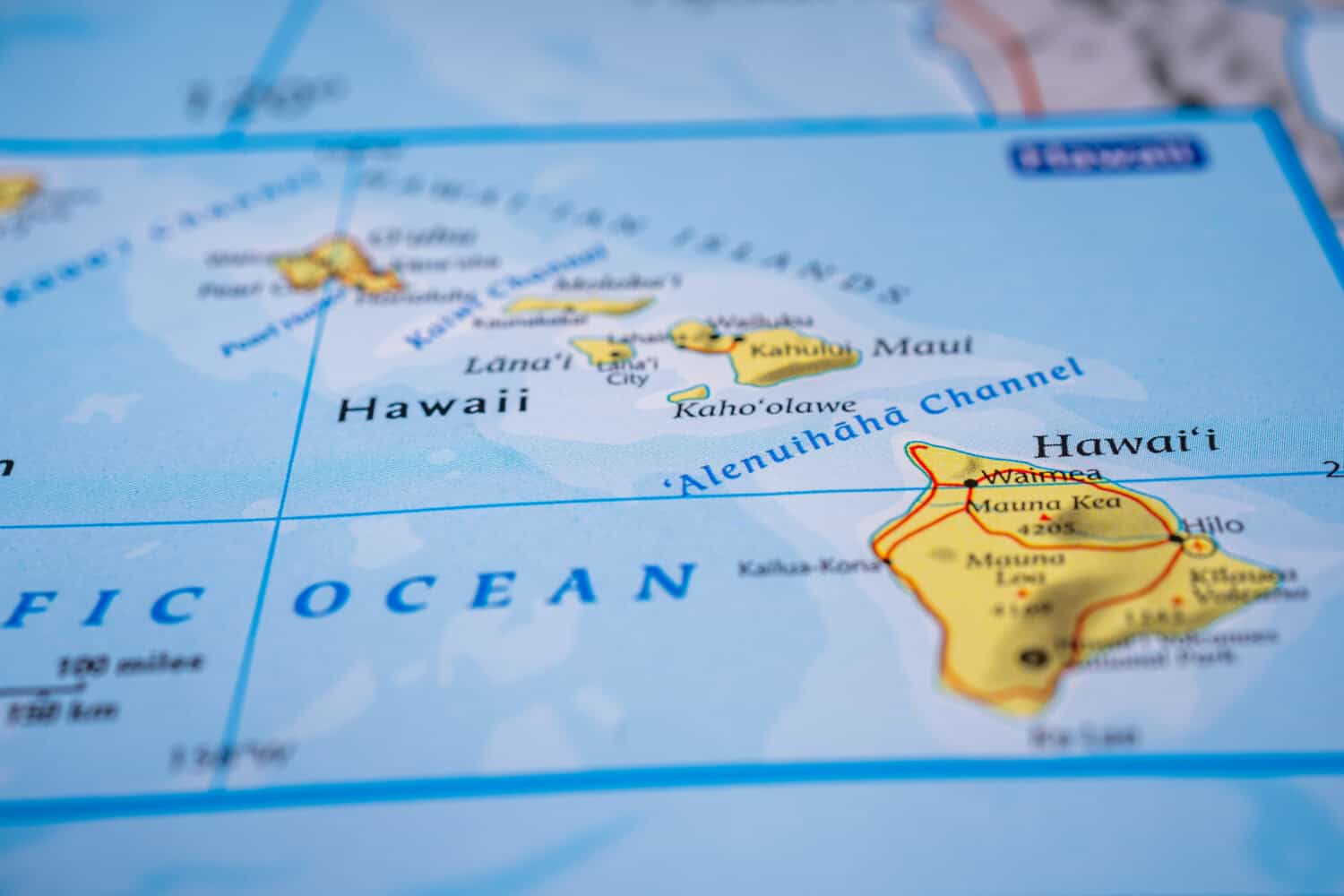
- Average Rank: 29.3
- State Population: 1.4 million (40th), comparable to Bahrain.
- State GDP: $108 billion (40th), comparable to Kenya.
- Active Duty Military: 39,267 (8th), comparable to Kazakhstan.
- Other Factors: Formerly an independent country; strategic central Pacific location; cultural ties to Polynesia and Asia, massive tourism industry; strong sense of cultural identity; geographically distant from the rest of the U.S.
30. Nevada
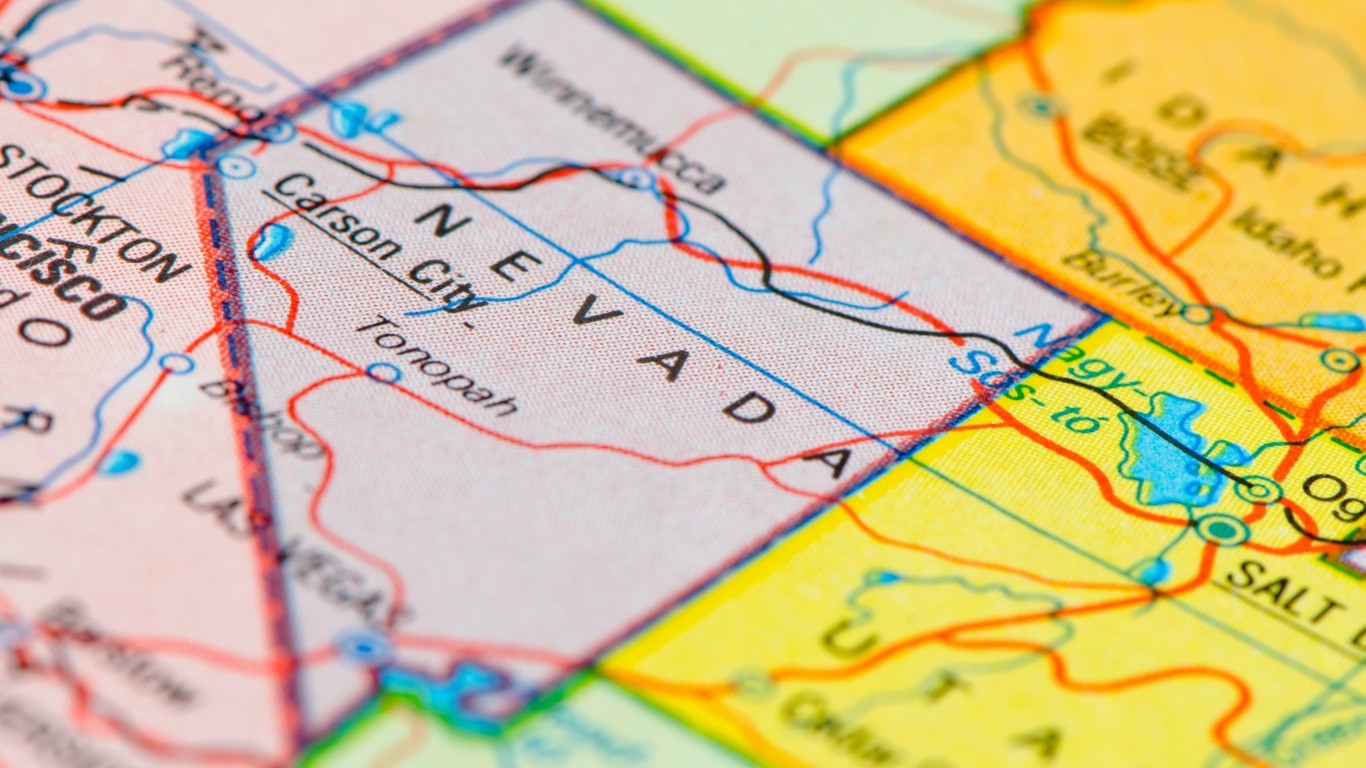
- Average Rank: 28.7
- State Population: 3.2 million (32nd), comparable to Uruguay.
- State GDP: $239.4 billion (32nd), comparable to Hungary.
- Active Duty Military: 12,273 (22nd), comparable to Nicaragua.
- Other Factors: Landlocked, thinly populated, U.S. military bases; nuclear weapons; top 10 mineral producer.
29. Kansas

- Average Rank: 27.7
- State Population: 2.9 million (34th), comparable to Jamaica.
- State GDP: $226 billion (33rd), comparable to Kazakhstan.
- Active Duty Military: 20,495 (16th), comparable to Uruguay.
- Other Factors: Landlocked, top 10 agricultural state.
28. Connecticut

- Average Rank: 26
- State Population: 3.6 million (29th), comparable to Mongolia.
- State GDP: $340 billion (23rd), comparable to Chile.
- Active Duty Military: 4,641 (26th), comparable to Gabon.
- Other Factors: Seaport on the Atlantic Ocean; next door to New York City with its economic opportunities.
27. Indiana
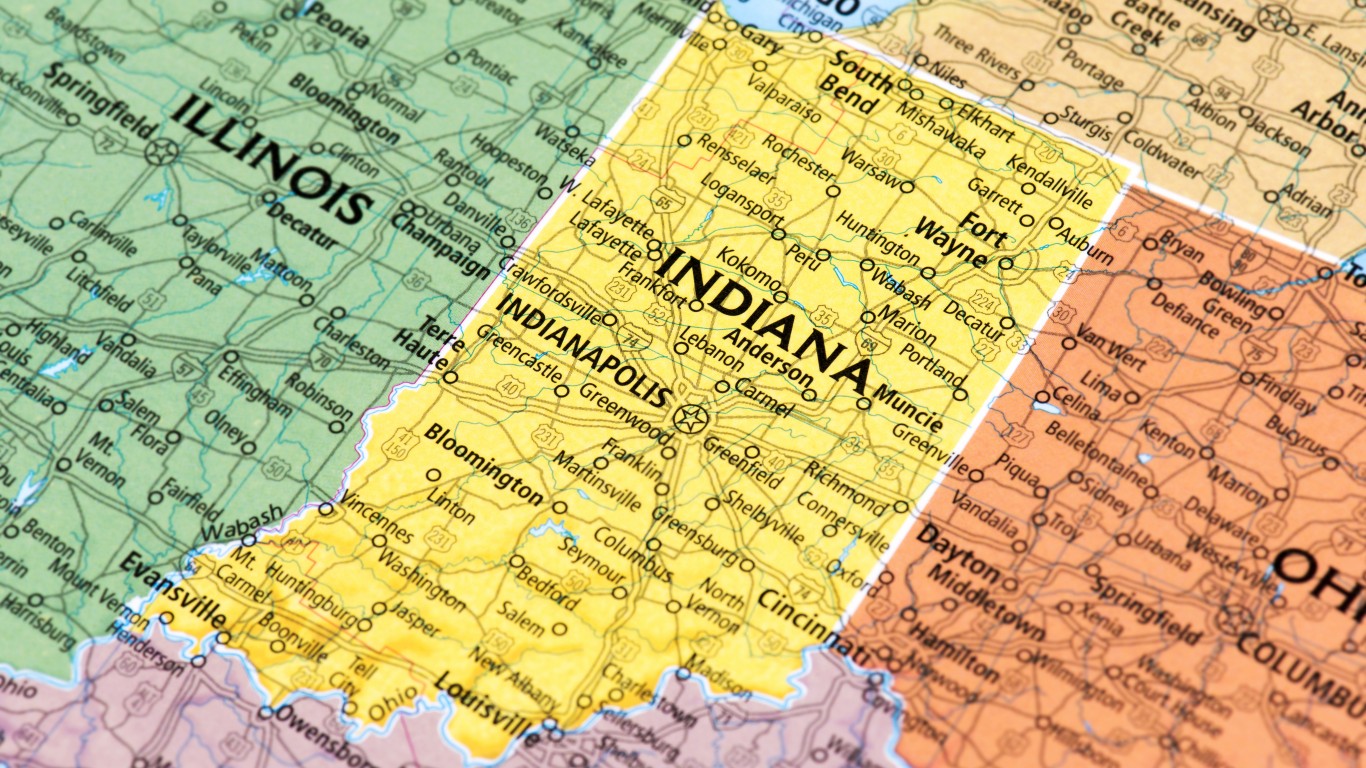
- Average Rank: 26
- State Population: 6.9 million (17th), comparable to Paraguay.
- State GDP: $497 billion (19th), comparable to Hong Kong.
- Active Duty Military: 1,014 (42nd), comparable to Cape Verde.
- Other Factors: Landlocked; access to the Great Lakes and the Ohio River; top 10 in agriculture and manufacturing.
26. Alabama
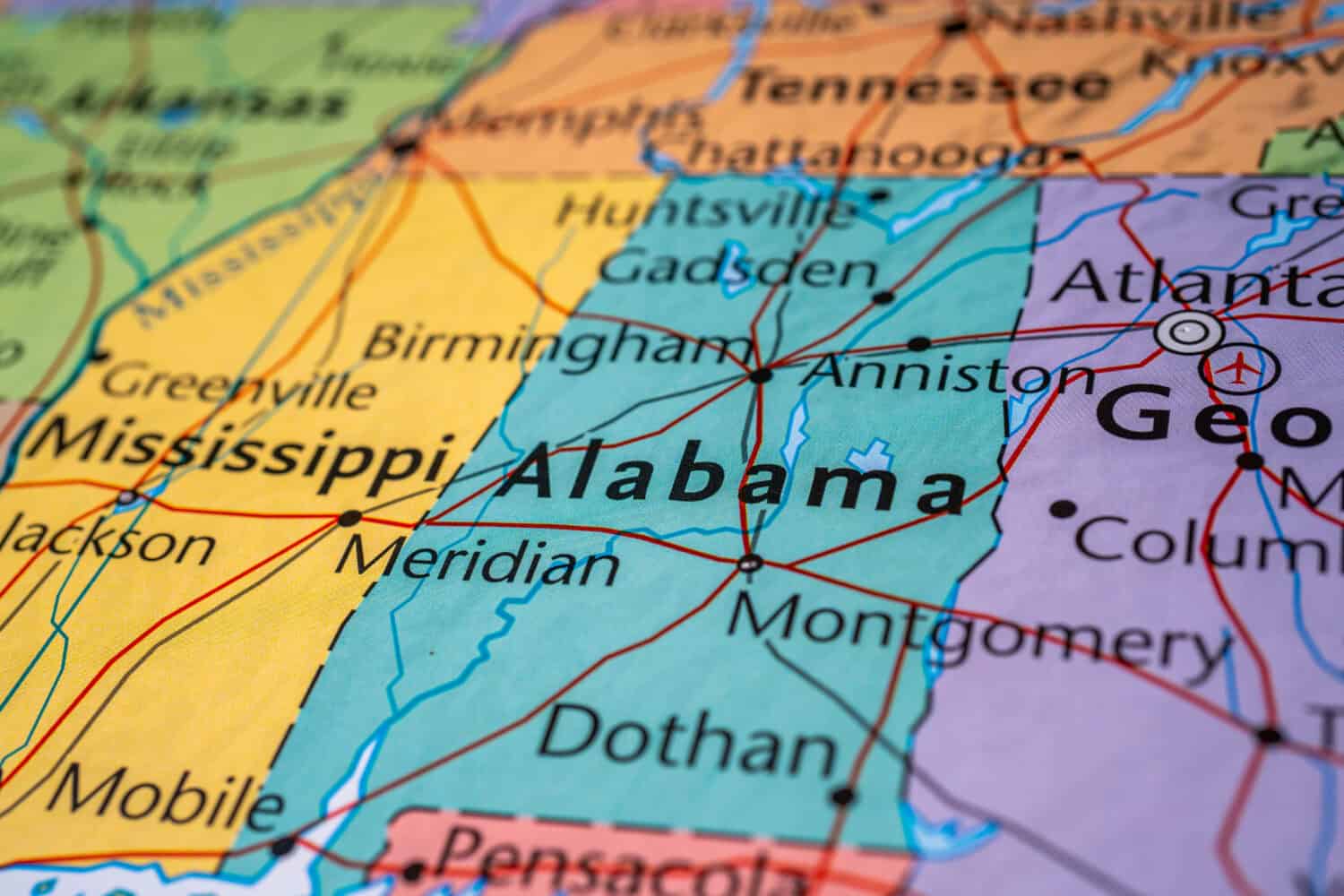
- Average Rank: 25
- State Population: 5.1 million (24th), comparable to Ireland.
- State GDP: $300 billion (27th), comparable to Portugal.
- Active Duty Military: 7,349 (24th), comparable to Benin.
- Other Factors: Seaport on the Gulf of Mexico.
25. Wisconsin
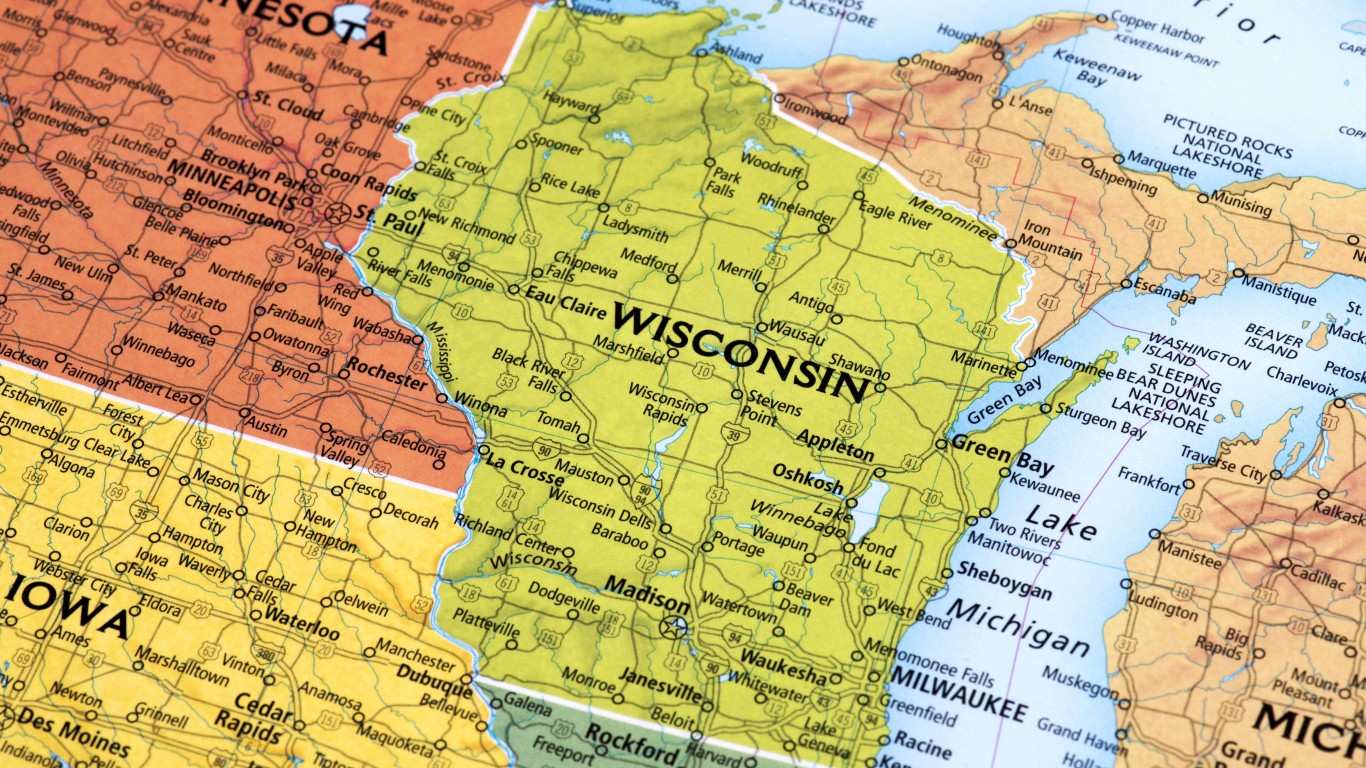
- Average Rank: 25
- State Population: 5.9 million (20th), comparable to Denmark.
- State GDP: $414 billion (21st), comparable to Denmark.
- Active Duty Military: 976 (34th), comparable to Luxembourg.
- Other Factors: Landlocked; access to Great Lakes; top 10 in agriculture and manufacturing.
24. Oklahoma

- Average Rank: 24.3
- State Population: 4.1 million (28th), comparable to Croatia.
- State GDP: $254 billion (30th), comparable to New Zealand.
- Active Duty Military: 21,103 (15th), comparable to Uruguay.
- Other Factors: Oil producer; landlocked.
23. Louisiana

- Average Rank: 23.7
- State Population: 4.6 million (25th), comparable to Oman.
- State GDP: $309.6 billion (26th), comparable to Finland.
- Active Duty Military: 13,793 (20th), comparable to Senegal.
- Other Factors: Seaport on the Gulf of Mexico, controls access to the Mississippi River; nuclear weapons.
22. Minnesota
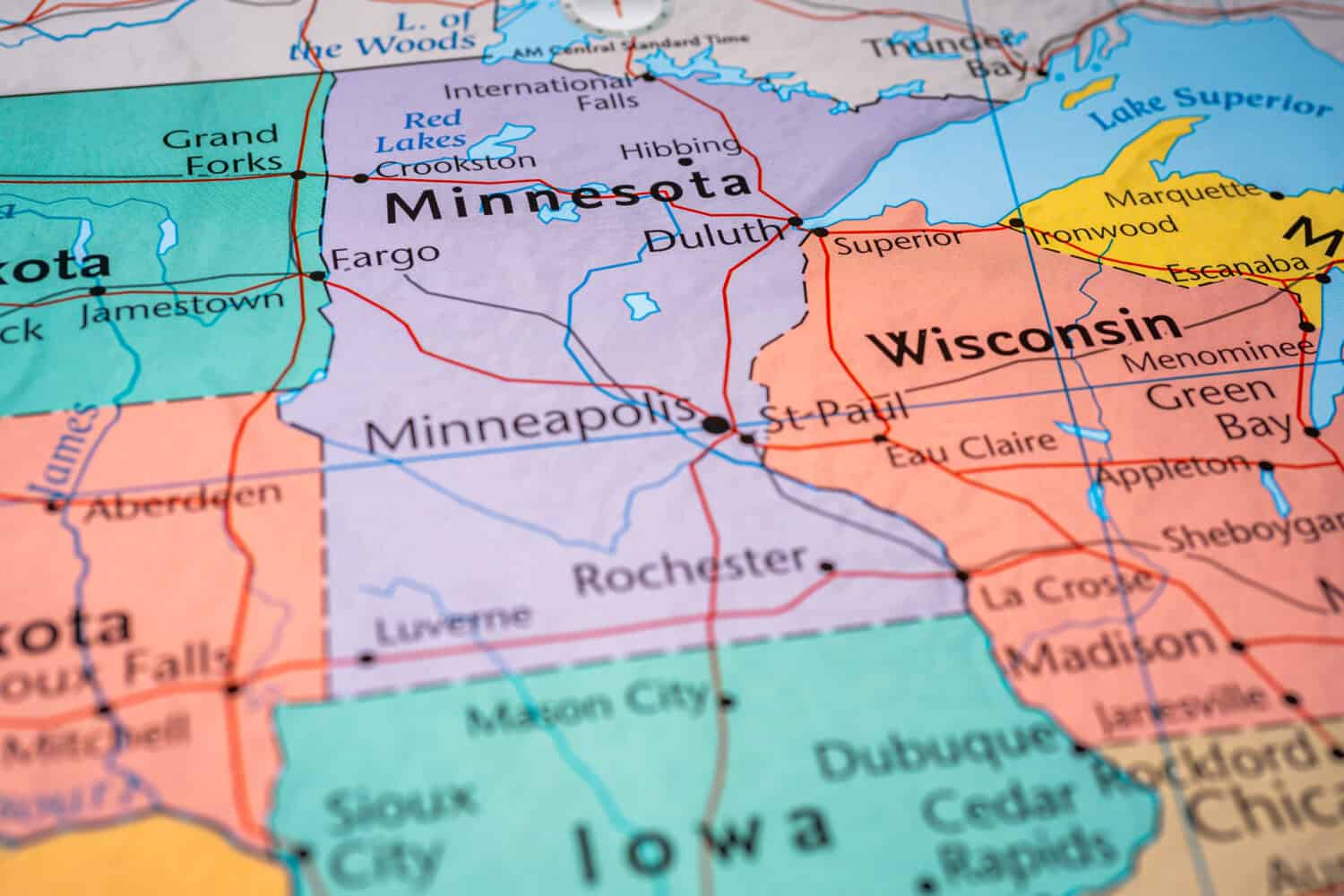
- Average Rank: 23.3
- State Population: 5.8 million (22nd), comparable to Finland.
- State GDP: $472 billion (20th), comparable to Israel.
- Active Duty Military: 597 (28th), comparable to Barbados.
- Other Factors: International border with Canada; access to Great Lakes; top 10 in mining and agriculture.
21. Tennessee
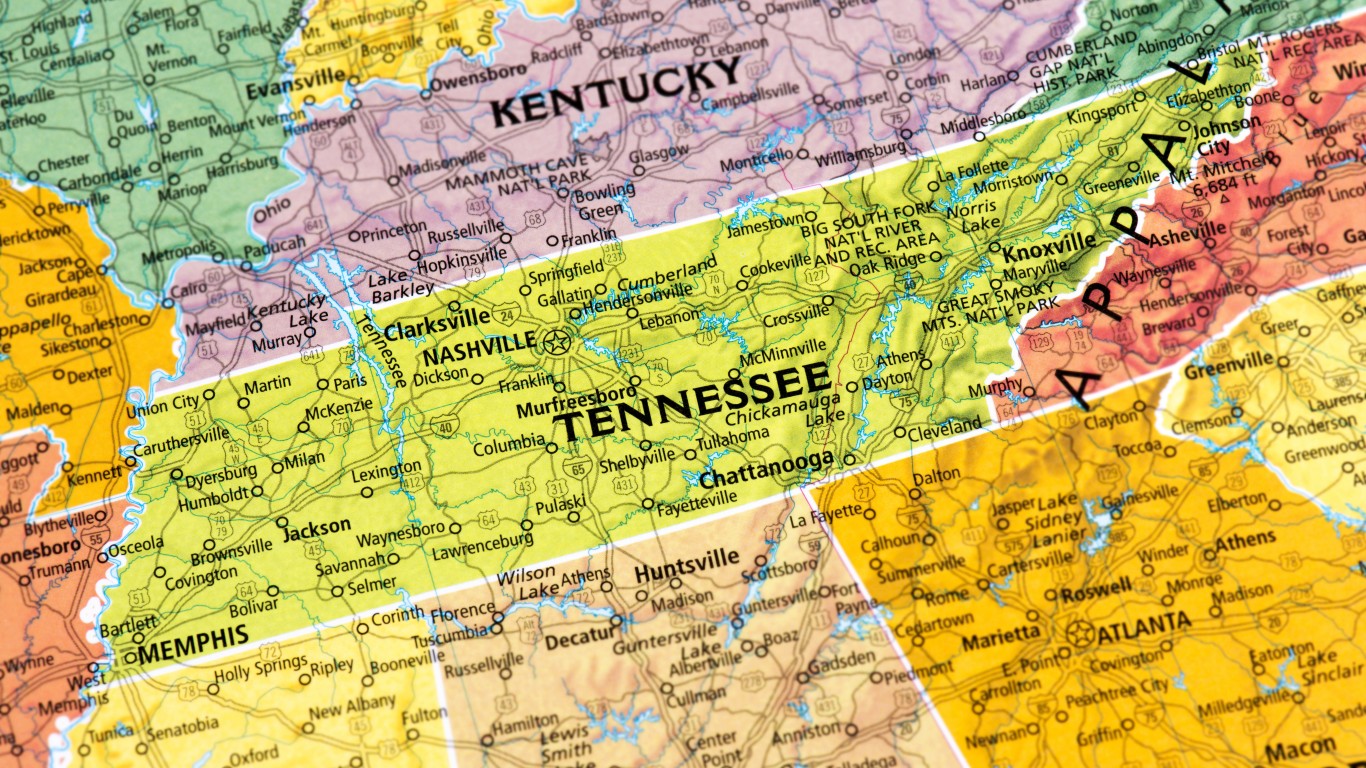
- Average Rank: 23
- State Population: 7.2 million (15th), comparable to Nicaragua.
- State GDP: $523 billion (16th), comparable to Ireland.
- Active Duty Military: 2,237 (38th), comparable to East Timor.
- Other Factors: Landlocked; access to the Mississippi River
20. Massachusetts

- Average Rank: 22.7
- State Population: 7 million (16th), comparable to Libya.
- State GDP: $734 billion (12th), comparable to Thailand.
- Active Duty Military: 2,044 (40th), comparable to Lesotho.
- Other Factors: Seaport on the Atlantic Ocean; strong cultural identity.
19. Michigan
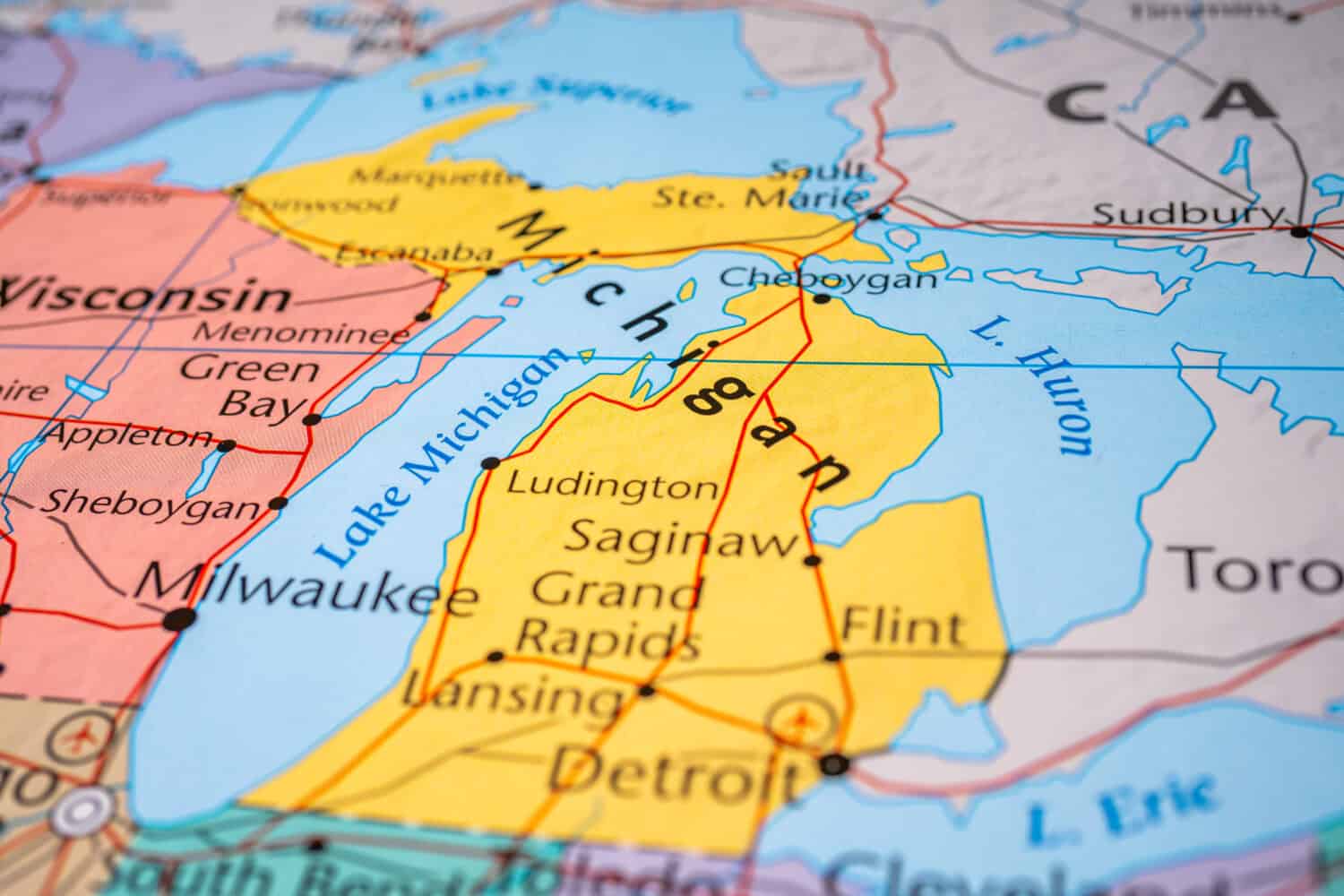
- Average Rank: 22.3
- State Population: 10 million (10th), comparable to Greece.
- State GDP: $659 billion (14th), comparable to Iran.
- Active Duty Military: 857 (43rd), comparable to Luxembourg.
- Other Factors: Landlocked, access to the Great Lakes; international border with Canada; top 10 in mining and manufacturing.
18. Kentucky
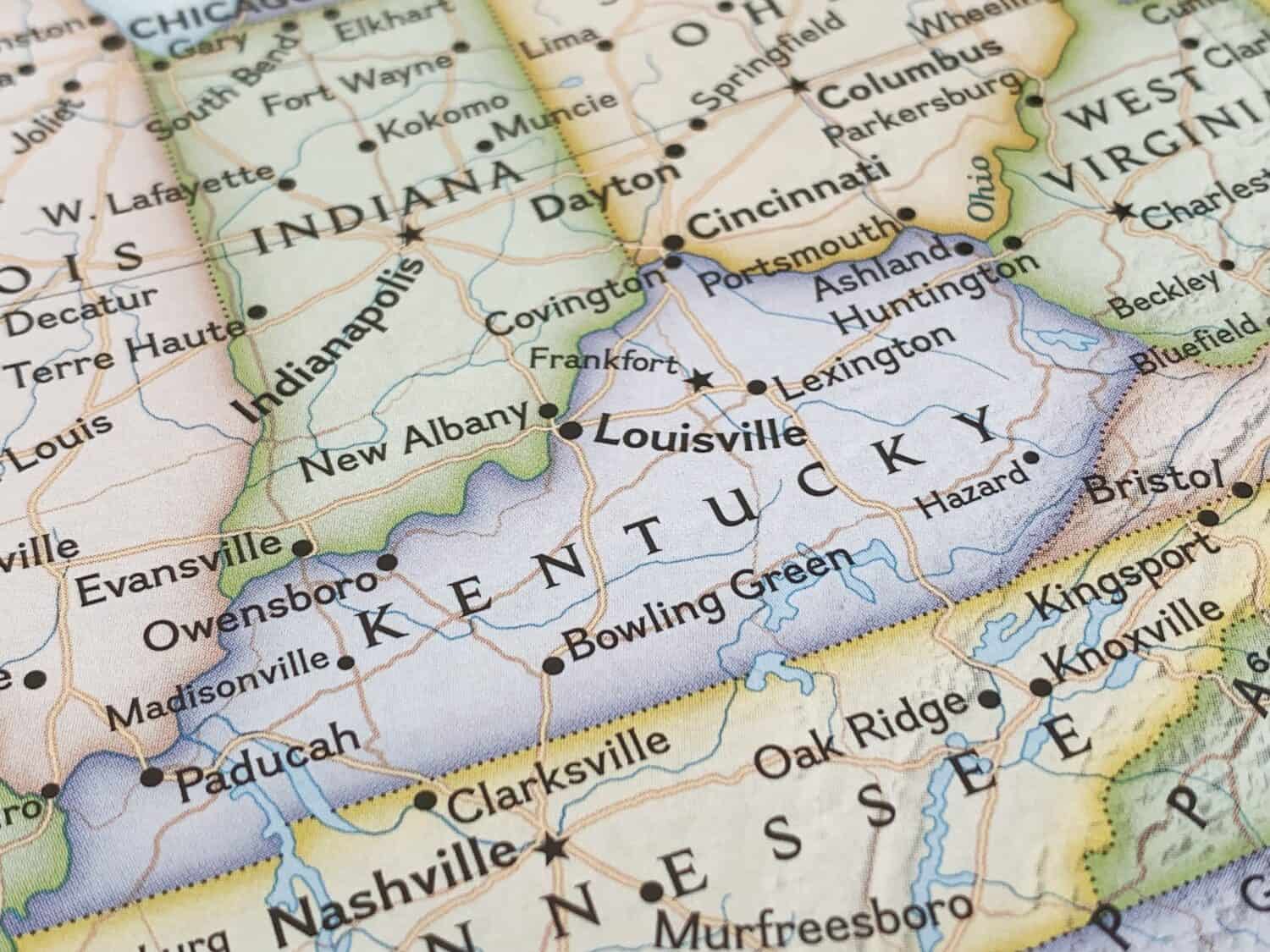
- Average Rank: 21.7
- State Population: 4.5 million (26th), comparable to Panama.
- State GDP: $277.7 billion (28th), comparable to Greece.
- Active Duty Military: 34,457 (11th), comparable to Bolivia.
- Other Factors: Ohio River access; landlocked.
17. Missouri
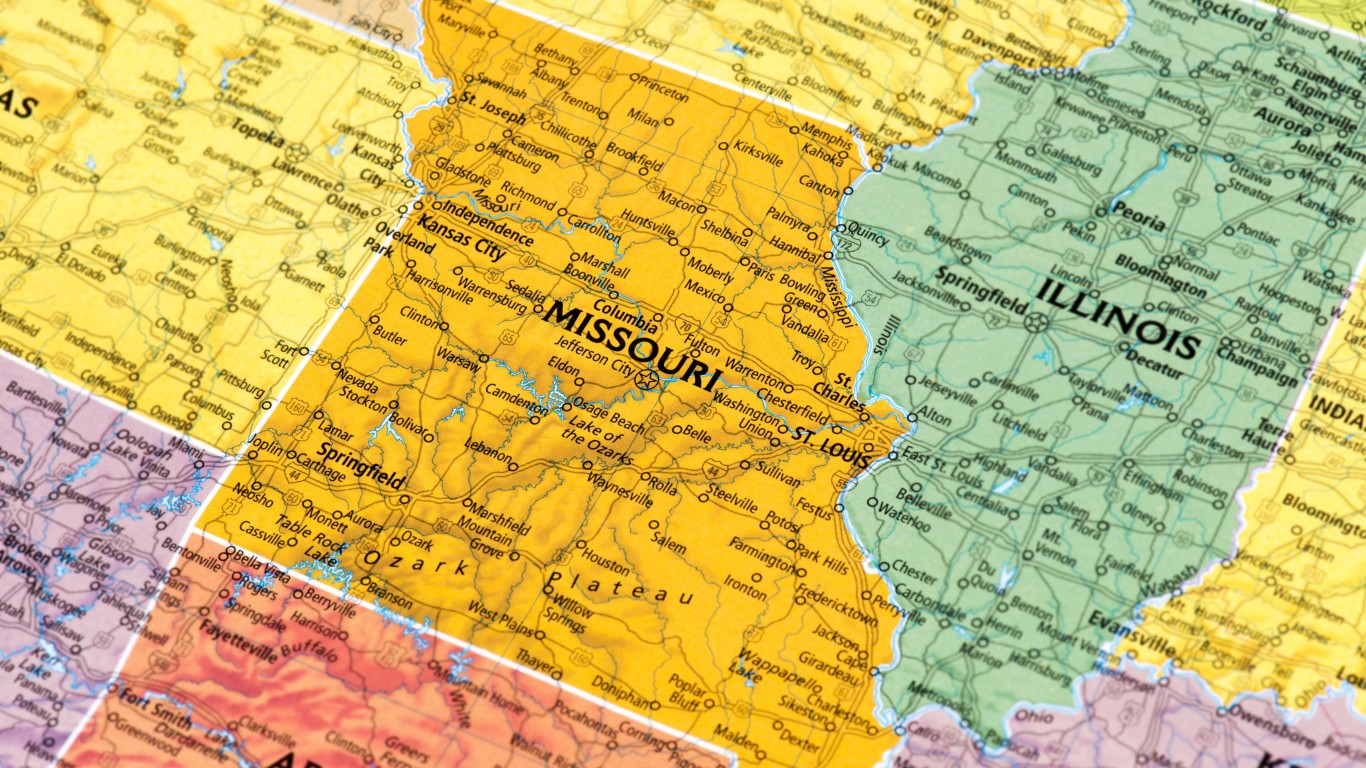
- Average Rank: 19.7
- State Population: 6.2 million (18th), Republic of Congo.
- State GDP: $422 billion (22nd), comparable to Colombia.
- Active Duty Military: 14,200 (19th), comparable to Denmark.
- Other Factors: Landlocked; access to Mississippi River; nuclear weapons; top 10 mineral producer.
16. South Carolina
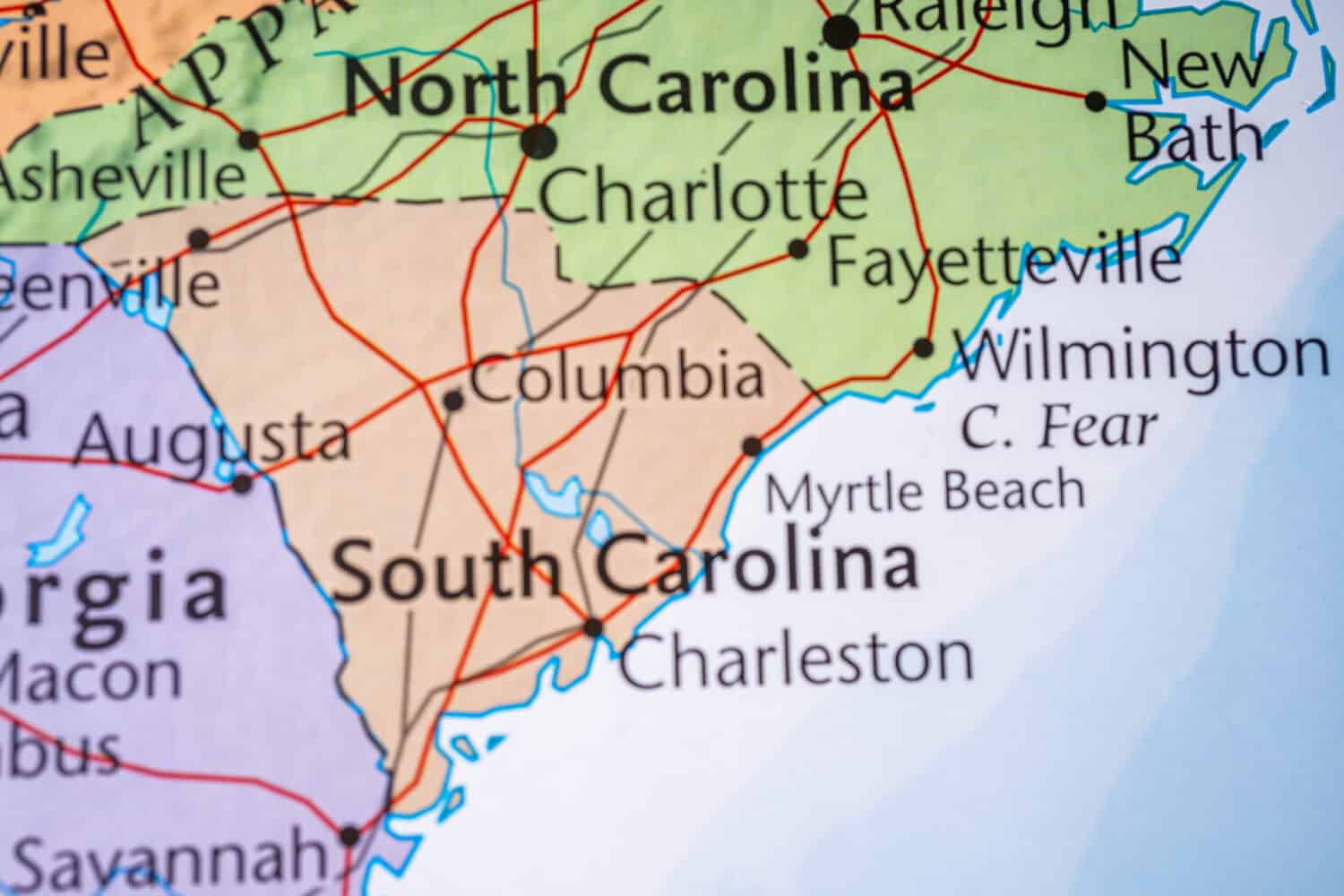
- Average Rank: 19.3
- State Population: 5.4 million (23rd), comparable to New Zealand.
- State GDP: $322 billion (25th), comparable to Czech Republic.
- Active Duty Military: 37,238 (10th), comparable to Bulgaria.
- Other Factors: Seaport on the Atlantic Ocean.
15. Arizona

- Average Rank: 16.7
- State Population: 7.5 million (14th), comparable to Serbia.
- State GDP: $508 billion (18th), comparable to Malaysia.
- Active Duty Military: 17,479 (18th), comparable to Kuwait.
- Other Factors: Landlocked; international border with Mexico; top 10 mineral producer.
14. Pennsylvania

- Average Rank: 16.7
- State Population: 13 million (5th), comparable to Bolivia.
- State GDP: $965 billion (6th), comparable to Saudi Arabia.
- Active Duty Military: 2,172 (39th), comparable to East Timor.
- Other Factors: Top 10 in manufacturing; access to the Great Lakes and Atlantic Ocean.
13. New Jersey
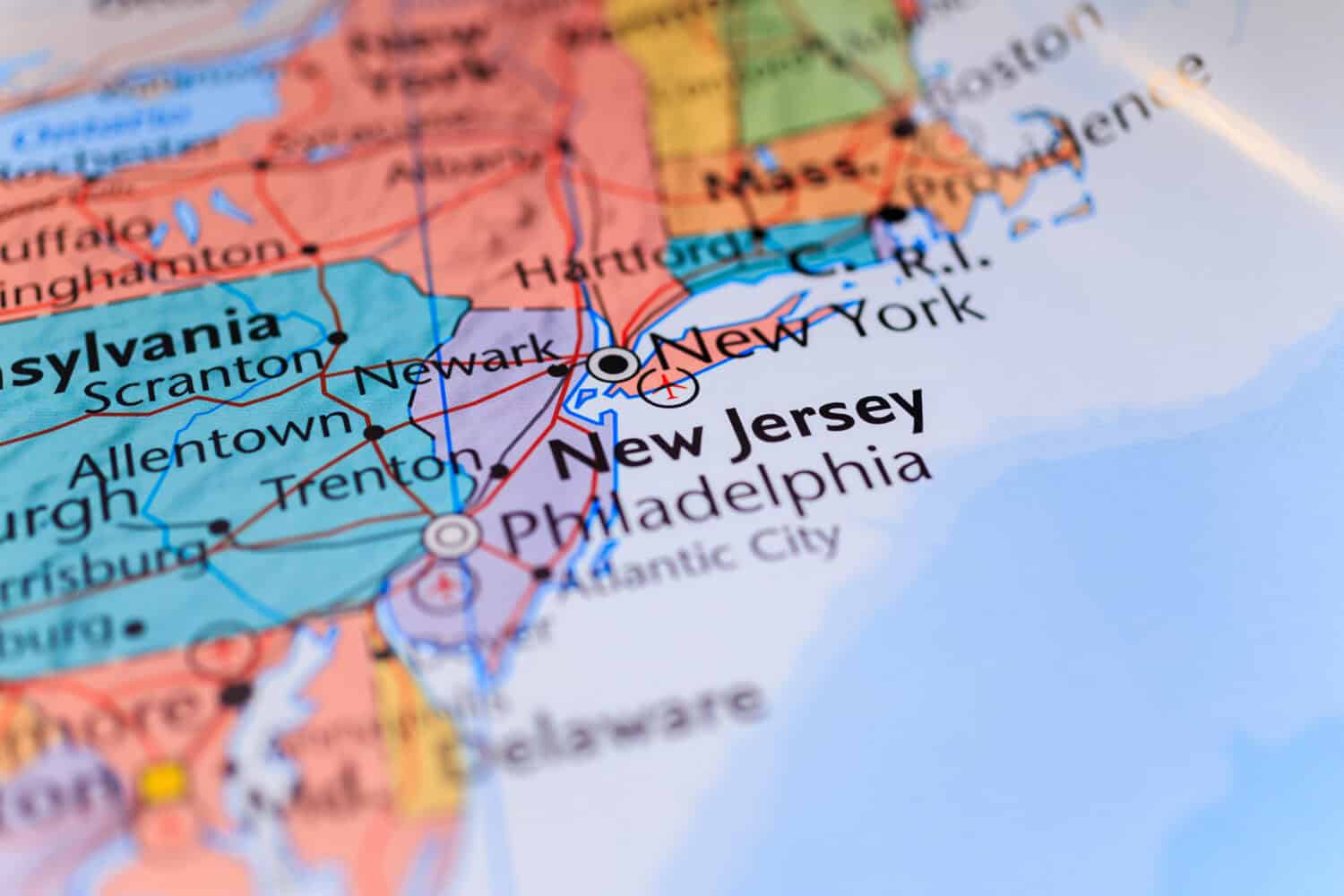
- Average Rank: 16.3
- State Population: 9.3 million (11th), comparable to Israel.
- State GDP: $799.3 billion (9th), comparable to Switzerland.
- Active Duty Military: 6,175 (29th), comparable to Latvia.
- Other Factors: Atlantic port access; proximity to commercial opportunities in New York City.
12. Maryland
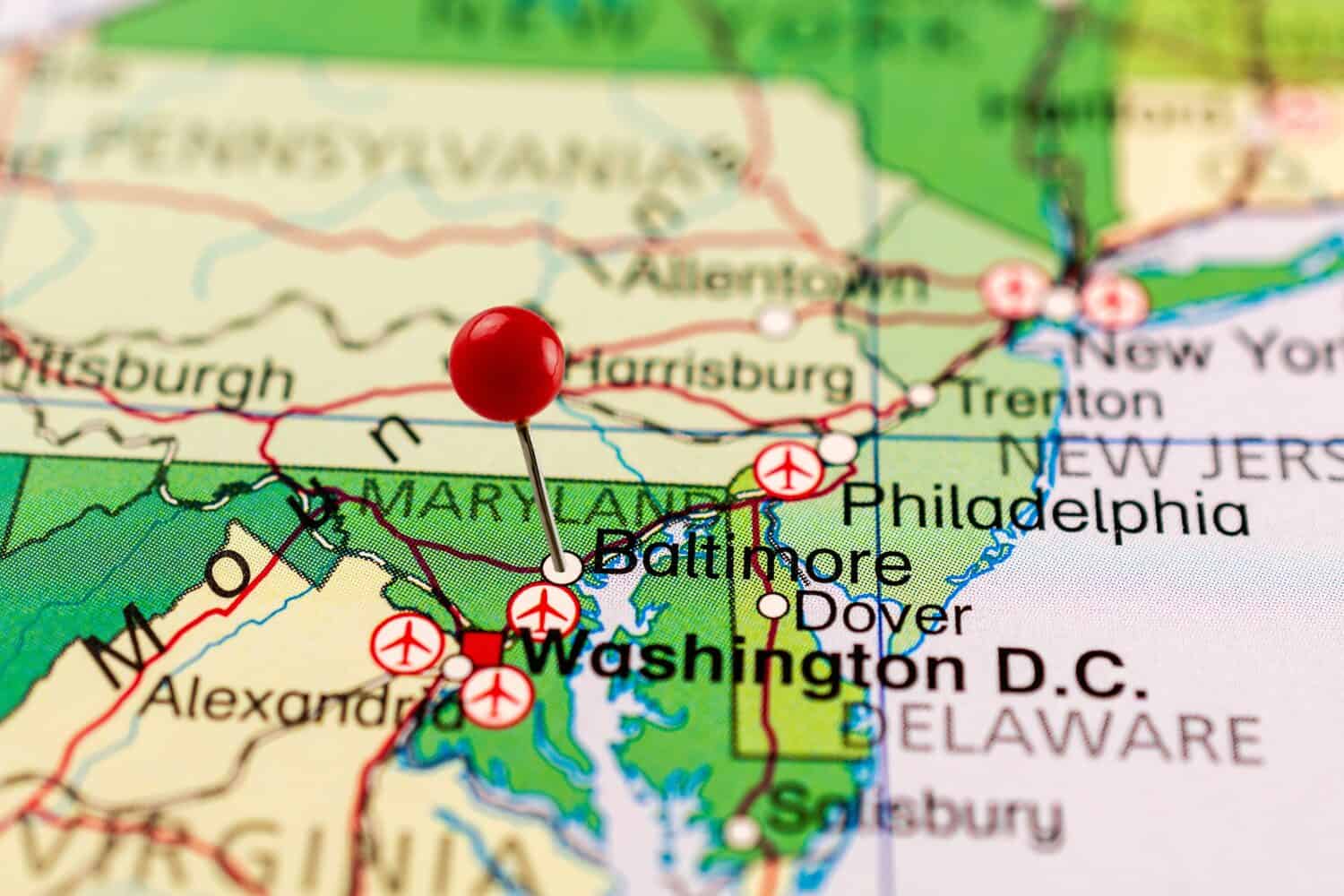
- Average Rank: 16
- State Population: 6.2 million (19th), comparable to Singapore.
- State GDP: $512 billion (17th), comparable to Austria.
- Active Duty Military: 28,767 (12th), comparable to Serbia.
- Other Factors: Access to the Chesapeake Bay and Atlantic Ocean; surrounds the national capital on three sides.
11. Colorado
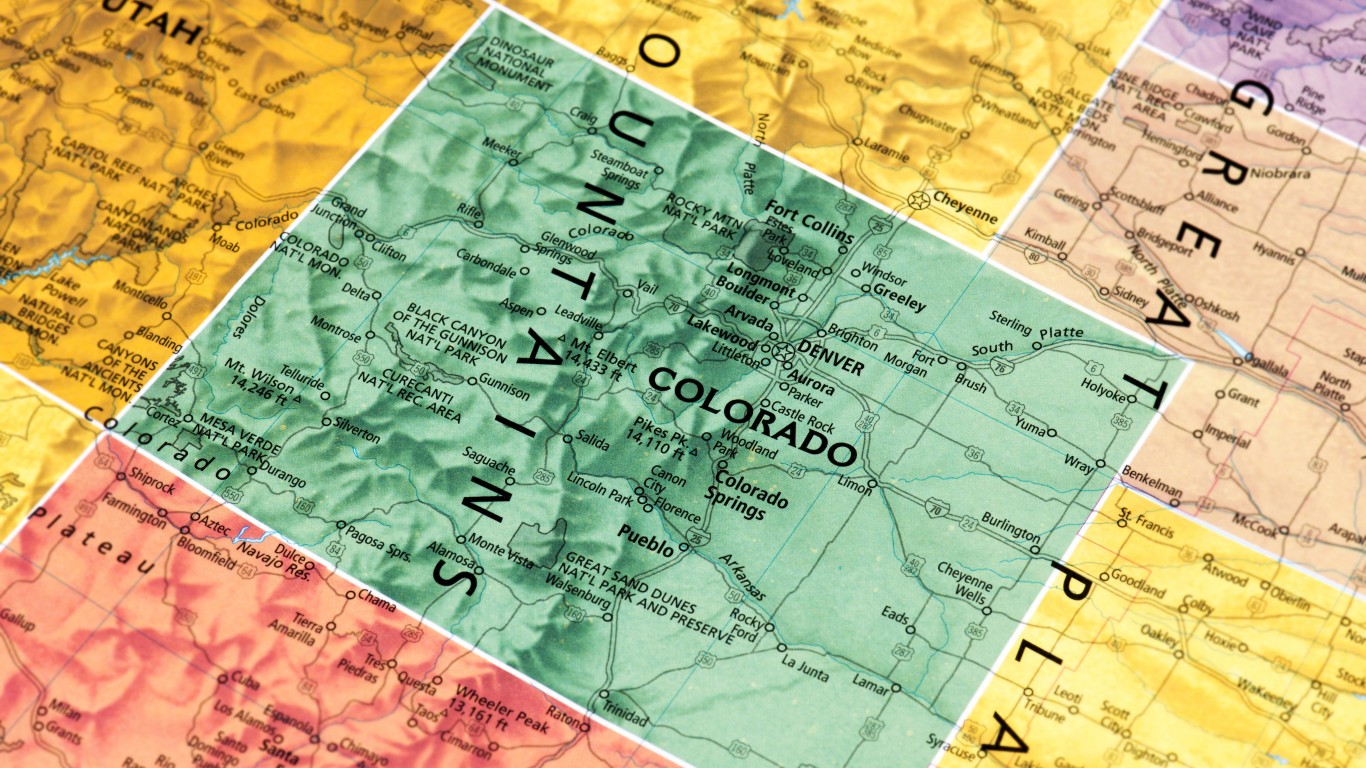
- Average Rank: 15
- State Population: 5.9 million (21st), comparable to Slovakia.
- State GDP: $520 billion (15th), comparable to the United Arab Republic.
- Active Duty Military: 37,934 (9th), comparable to Bulgaria.
- Other Factors: Landlocked; nuclear ICBM sites.
10. Ohio
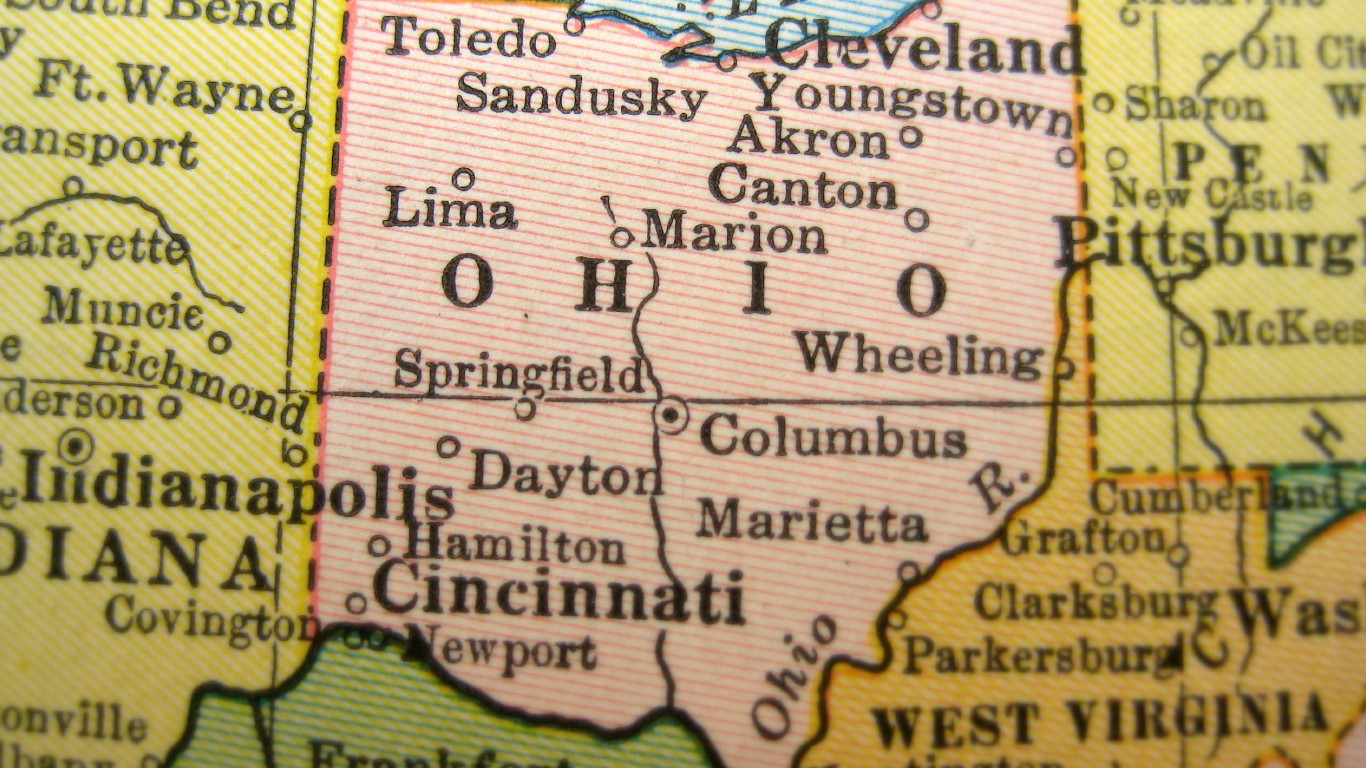
- Average Rank: 14
- State Population: 11.8 million (7th), comparable to Haiti.
- State GDP: $873 billion (7th), comparable to Turkey.
- Active Duty Military: 6,480 (28th), comparable to Latvia.
- Other Factors: Access to the Great Lakes and the Ohio River; top 10 in manufacturing.
9. Washington
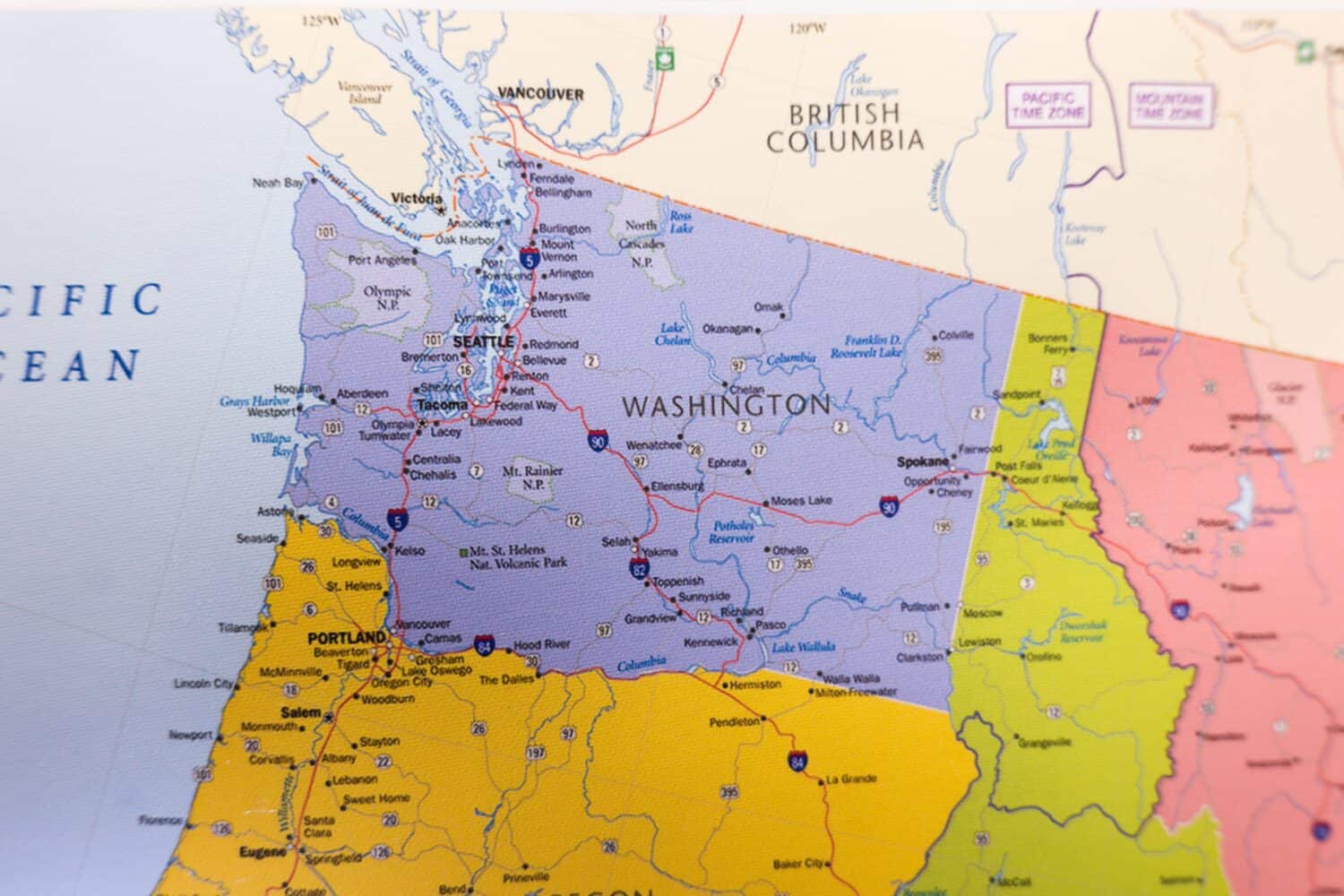
- Average Rank: 10.3
- State Population: 7,841,283 (13th), comparable to Hong Kong.
- State GDP: $801.5 billion (11th), comparable to Poland.
- Active Duty Military: 60,603 (7th), comparable to Lebanon.
- Other Factors: Pacific coast port, international border with Canada; nuclear submarines.
8. Virginia
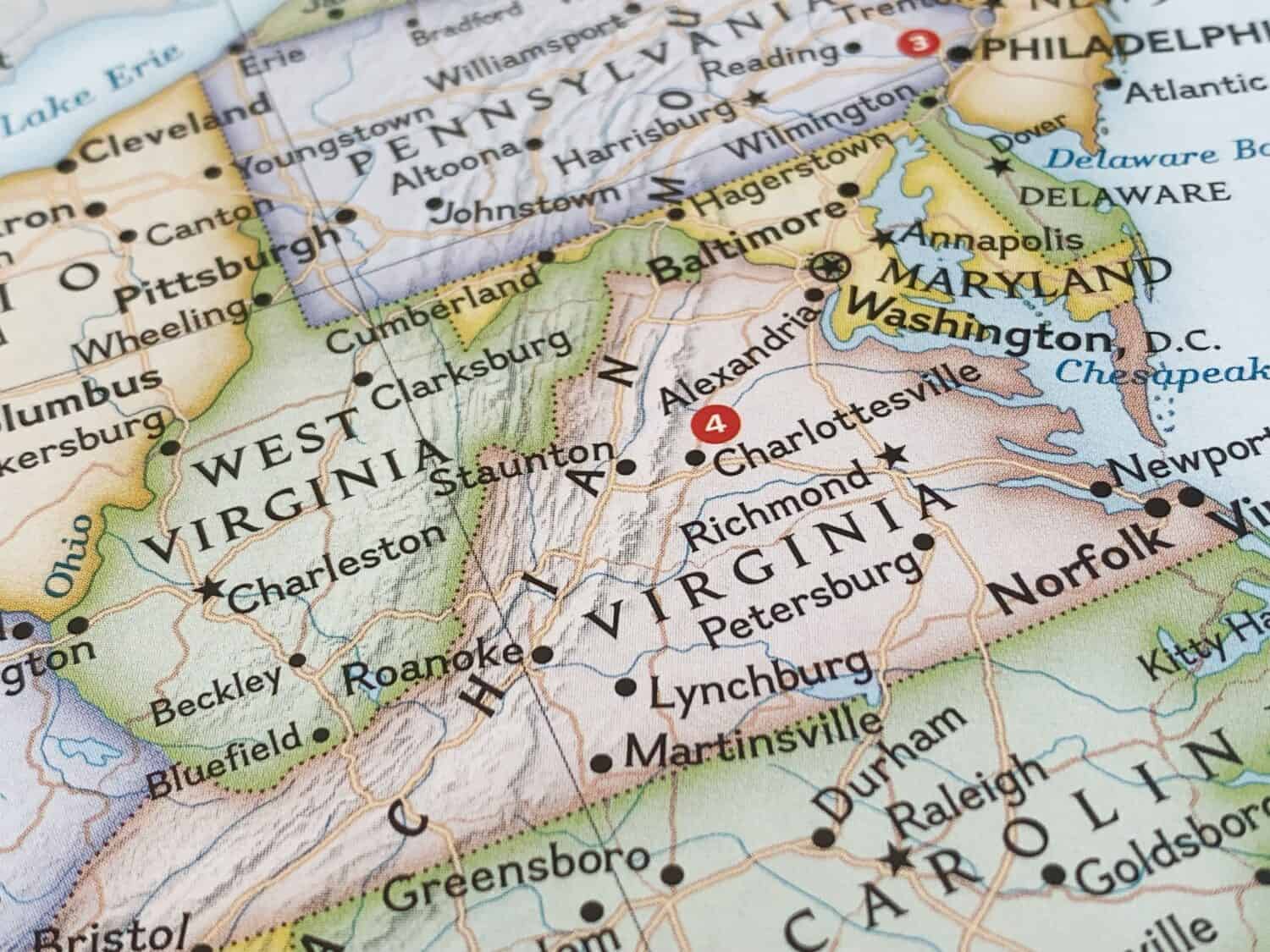
- Average Rank: 8.7
- State Population: 8.8 million (12th), comparable to Switzerland.
- State GDP: $707 billion (13th), comparable to Belgium.
- Active-Duty Military: 125,162 (2nd), comparable to Azerbaijan.
- Other Factors: Seaports on the Atlantic; controls access to the Chesapeake Bay; across the river from the national capital; produced 8 presidents.
7. Illinois

- Average Rank: 8
- State Population: 12.5 million (6th), comparable to Tunisia.
- State GDP: $1.08 trillion (5th), comparable to the Netherlands.
- Active-Duty Military: 22,586 (13th), comparable to Austria.
- Other Factors: Access to the Great Lakes and Mississippi River; top 10 in agriculture and manufacturing.
6. New York
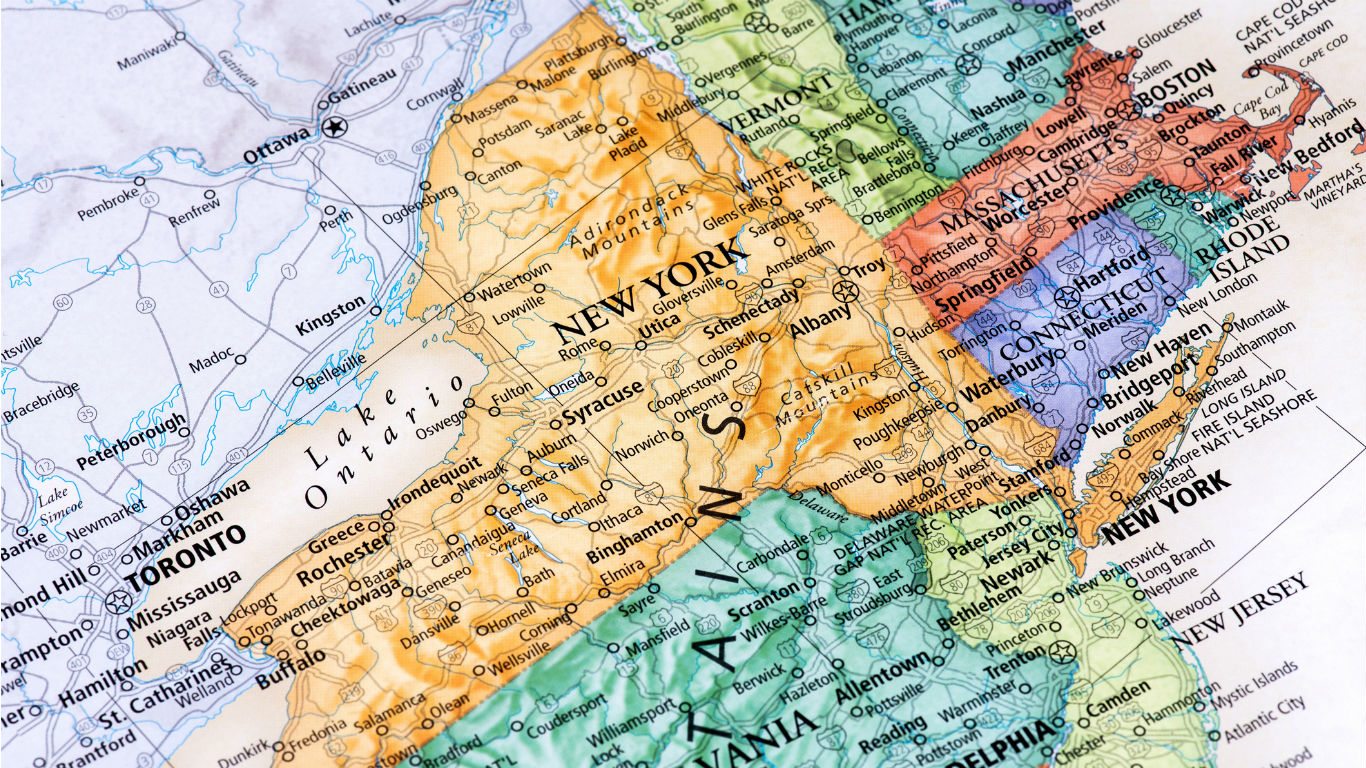
- Average Rank: 8
- State Population: 19.5 million (4th), comparable to Romania.
- State GDP: $2.15 trillion (3rd), comparable to Canada.
- Active-Duty Military: 18,417 (17th), comparable to Guatemala.
- Other Factors: International border with Canada; Atlantic Ocean port; hosts the United Nations; strong cultural identity; top 10 in manufacturing.
5. North Carolina
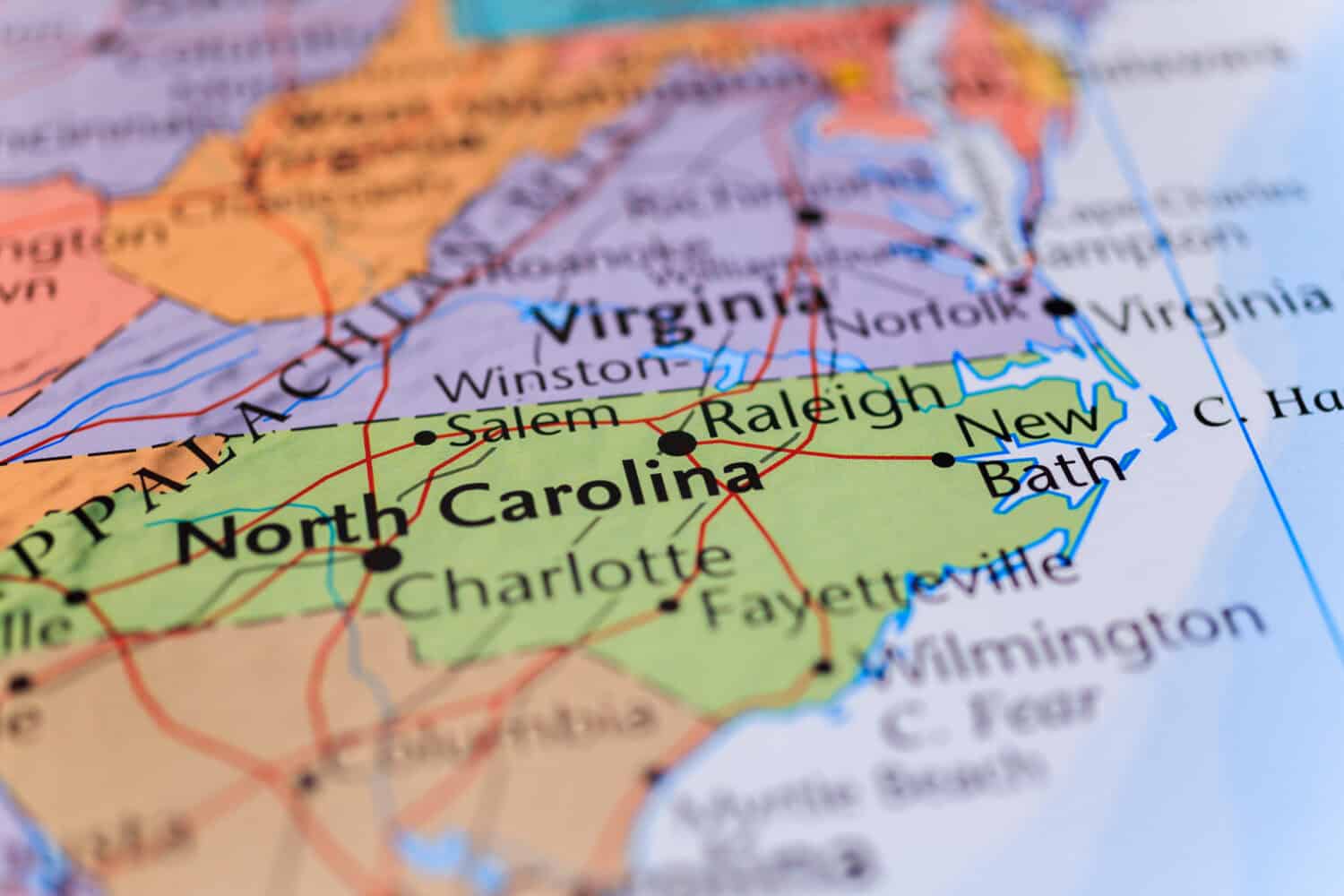
- Average Rank: 7.7
- State Population: 11 million (9th), comparable to Sweden.
- State GDP: $767 billion (1oth), comparable to Sweden.
- Active Duty Military: 94,540 (4th), comparable to Nepal.
- Other Factors: Atlantic ports; top 10 in agriculture and manufacturing.
4. Georgia
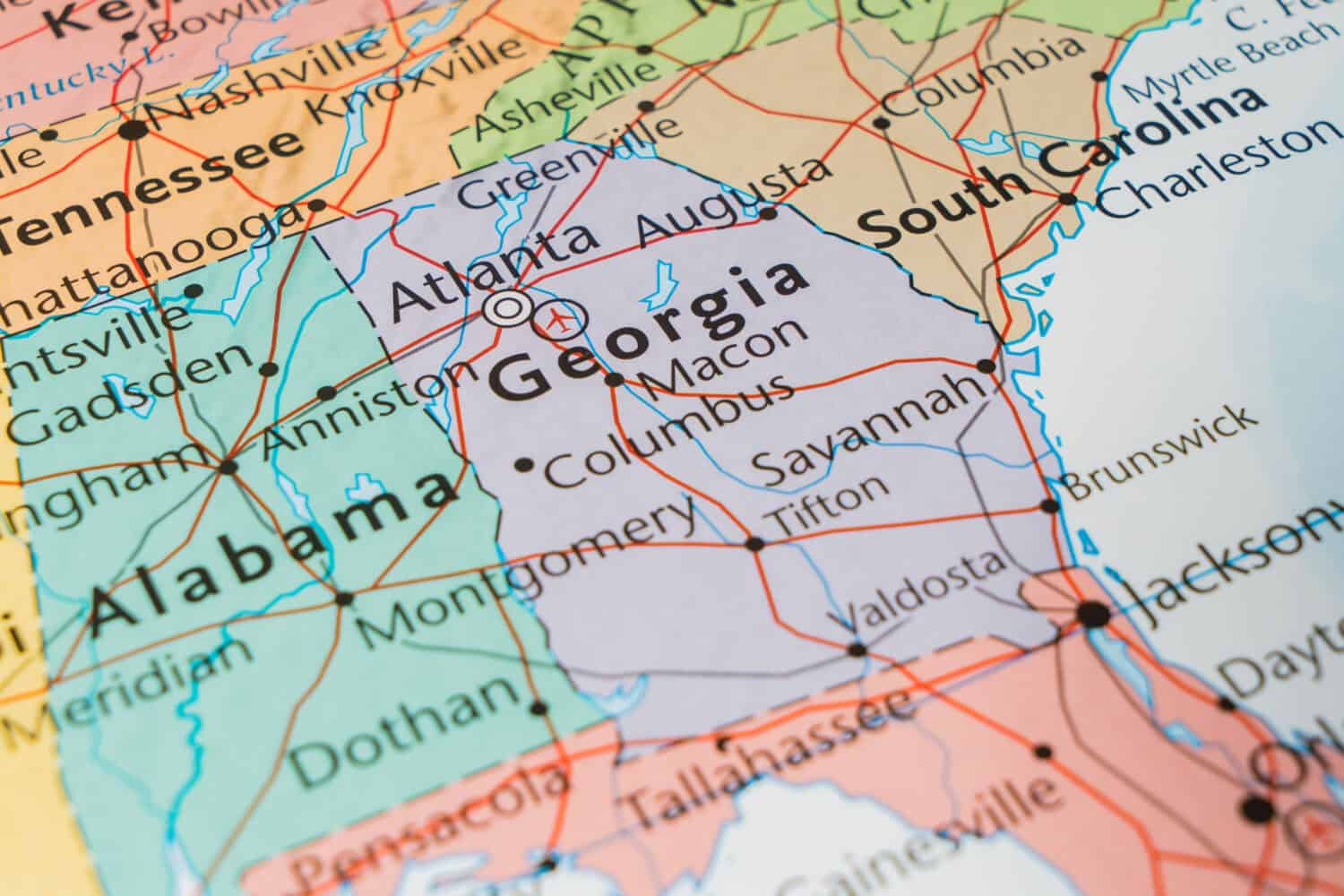
- Average Rank: 7
- State Population: 11.1 million (8th), comparable to Belgium.
- State GDP: $805 billion (8th), comparable to Taiwan.
- Active Duty Military: 63,414 (5th), comparable to the United Arab Emirates.
- Other Factors: Ports on the Atlantic; nuclear submarines.
3. Florida

- Average Rank: 4.3
- State Population: 23 million (3rd), comparable to Taiwan.
- State GDP: $1.6 trillion (4th), comparable to Indonesia.
- Active-Duty Military: 62,177 (6th), comparable to the United Arab Emirates.
- Other Factors: Ports on the Atlantic and Gulf of Mexico; cultural connections to Latin America and the Caribbean; strong tourism industry; a primary site of the U.S. space program; top 1o in mineral production.
2. Texas
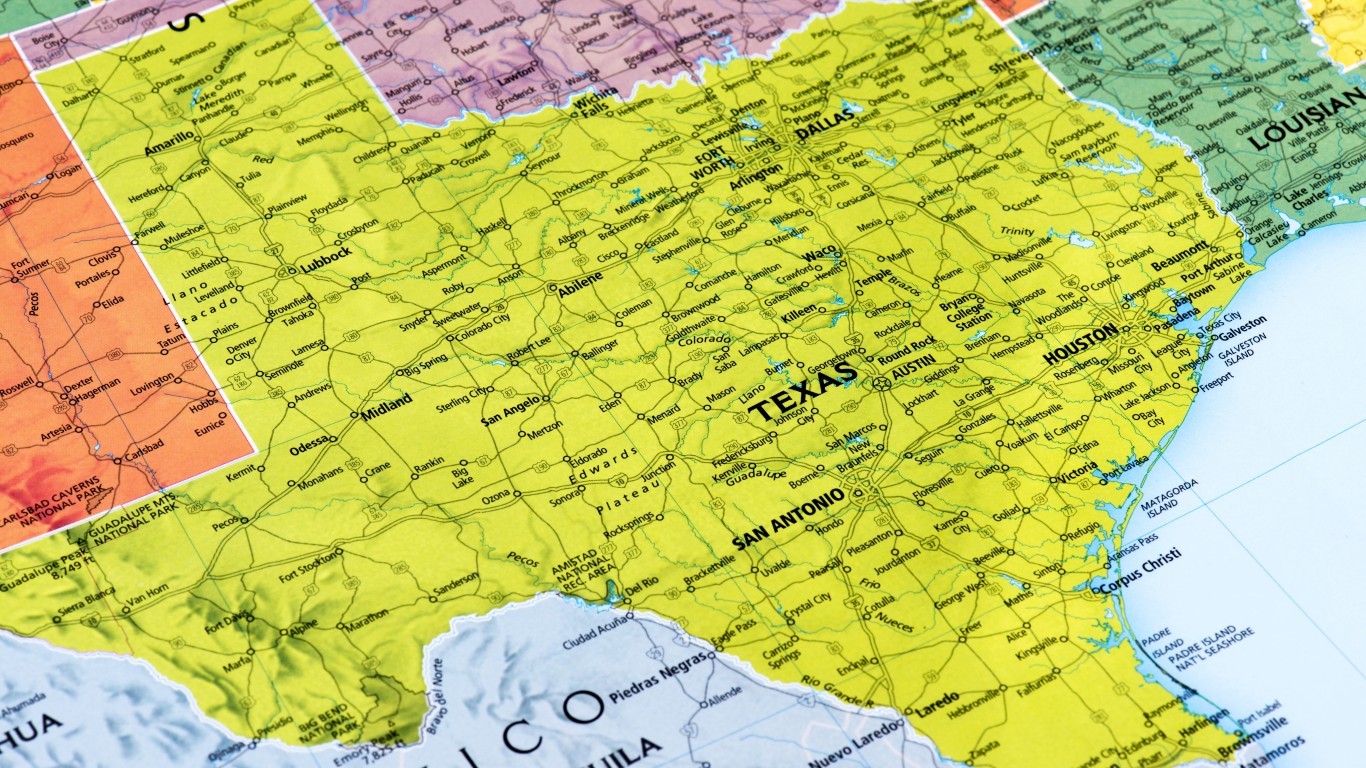
- Average Rank: 2.3
- State Population: 31 million (2nd), Comparable to Madagascar.
- State GDP: $2.6 trillion (2nd), comparable to Brazil.
- Active-Duty Military: 112,583 (3rd), comparable to Poland.
- Other Factors: Previously an independent country; ports on the Gulf of Mexico; large oil reserves; top 10 in mining, agriculture, and manufacturing; international border with Mexico; space program command and control; distinctive state culture.
1. California
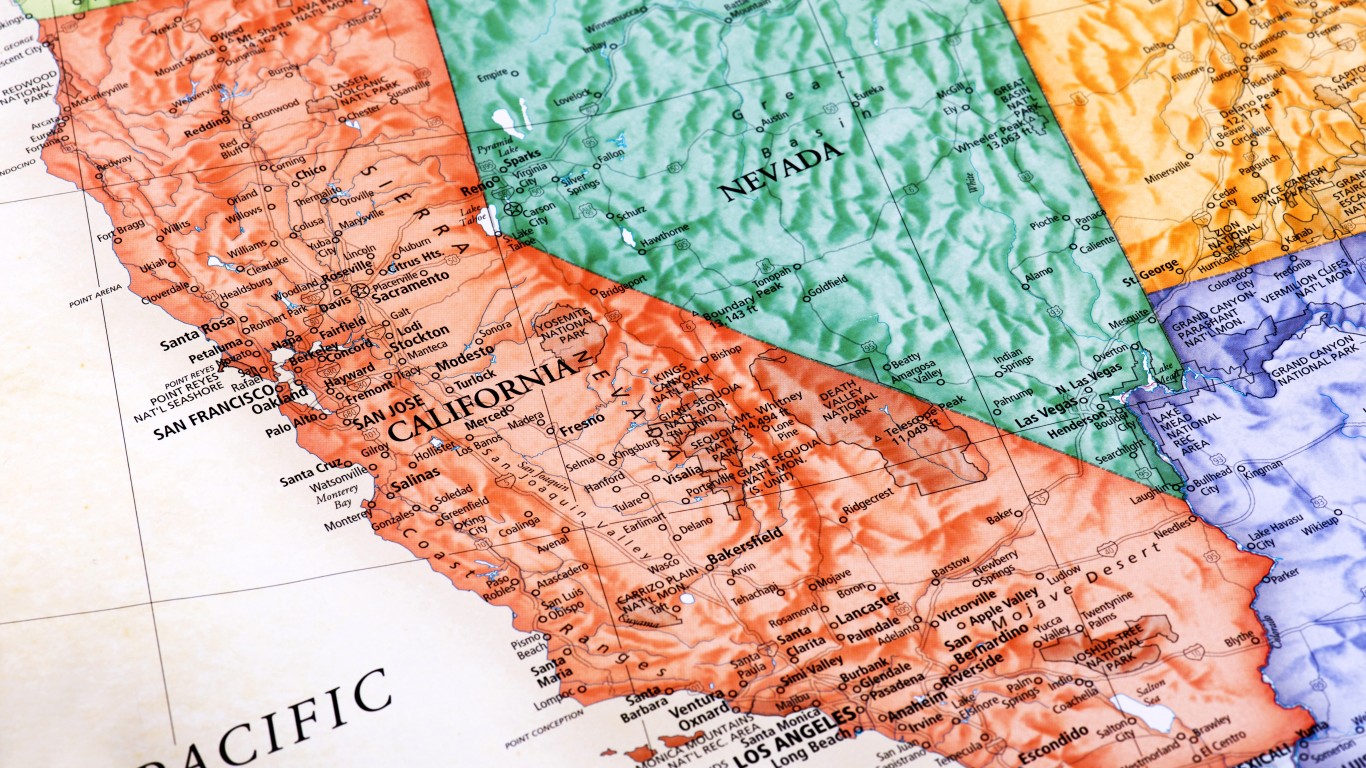
- Average Rank: 1
- State Population: 38.9 million (1st), comparable to Canada.
- State GDP: $3.8 trillion (1st), comparable to India.
- Active-Duty Military: 158,754 (1st), comparable to Taiwan.
- Other Factors: Ports on the Pacific Ocean; international border with Mexico; cultural connections with Latin America; top 10 in agriculture, mining, and manufacturing; distinctive state culture.
States with Disadvantages for Independence
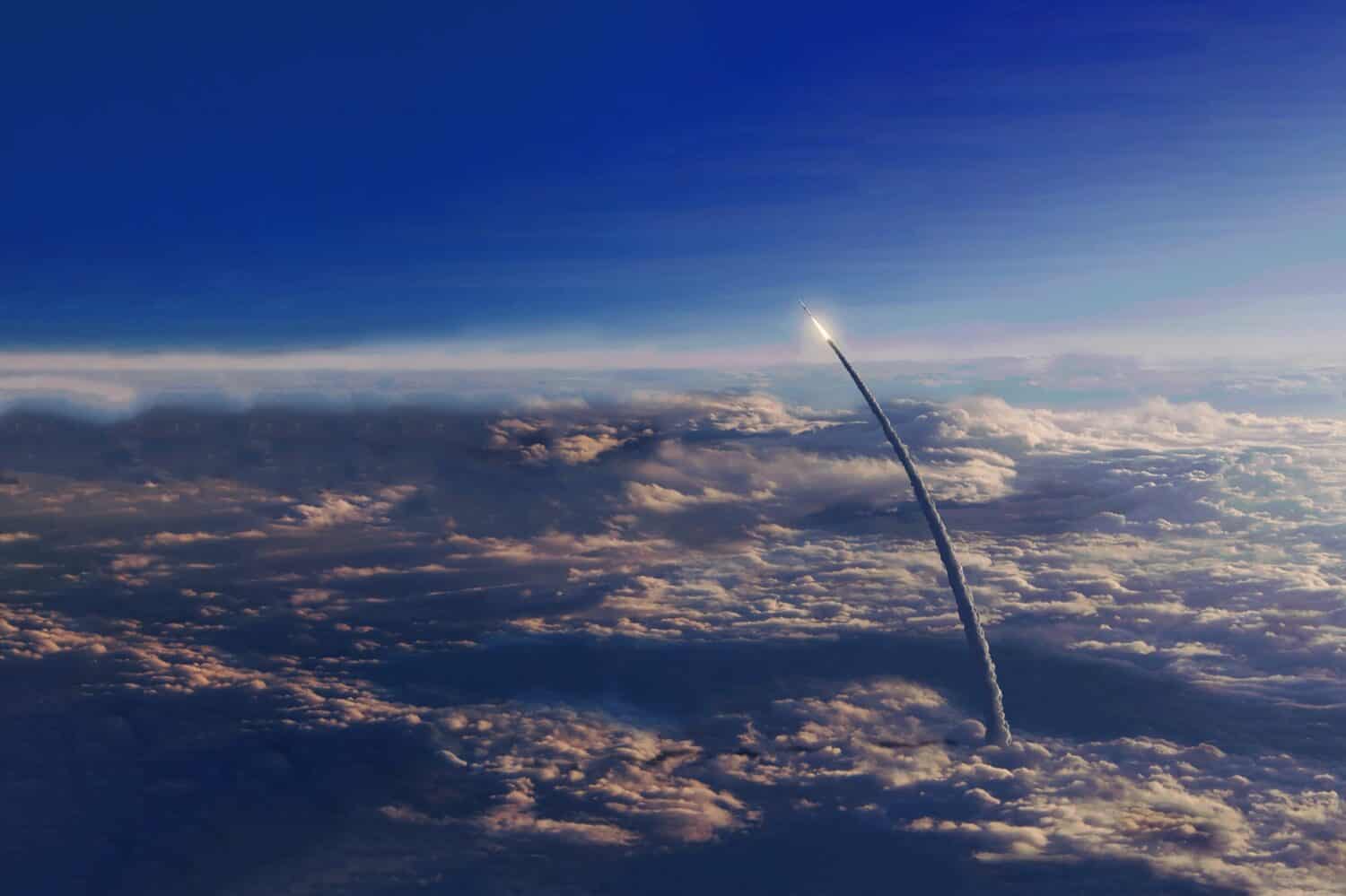
Our data indicates that the states most ill-suited for independence are in New England and the upper West and Midwest. These states have low populations and less economic activity than much of the rest of the country. Some of them are also landlocked, potentially cutting them off from global trade.
However, this group also includes states where nuclear weapons are stationed, including Wyoming, Montana, and North Dakota. If a secessionist state government were somehow to gain operational control of such facilities, it would have tremendous power for defense—as well as offense.
States with Advantages for Independence
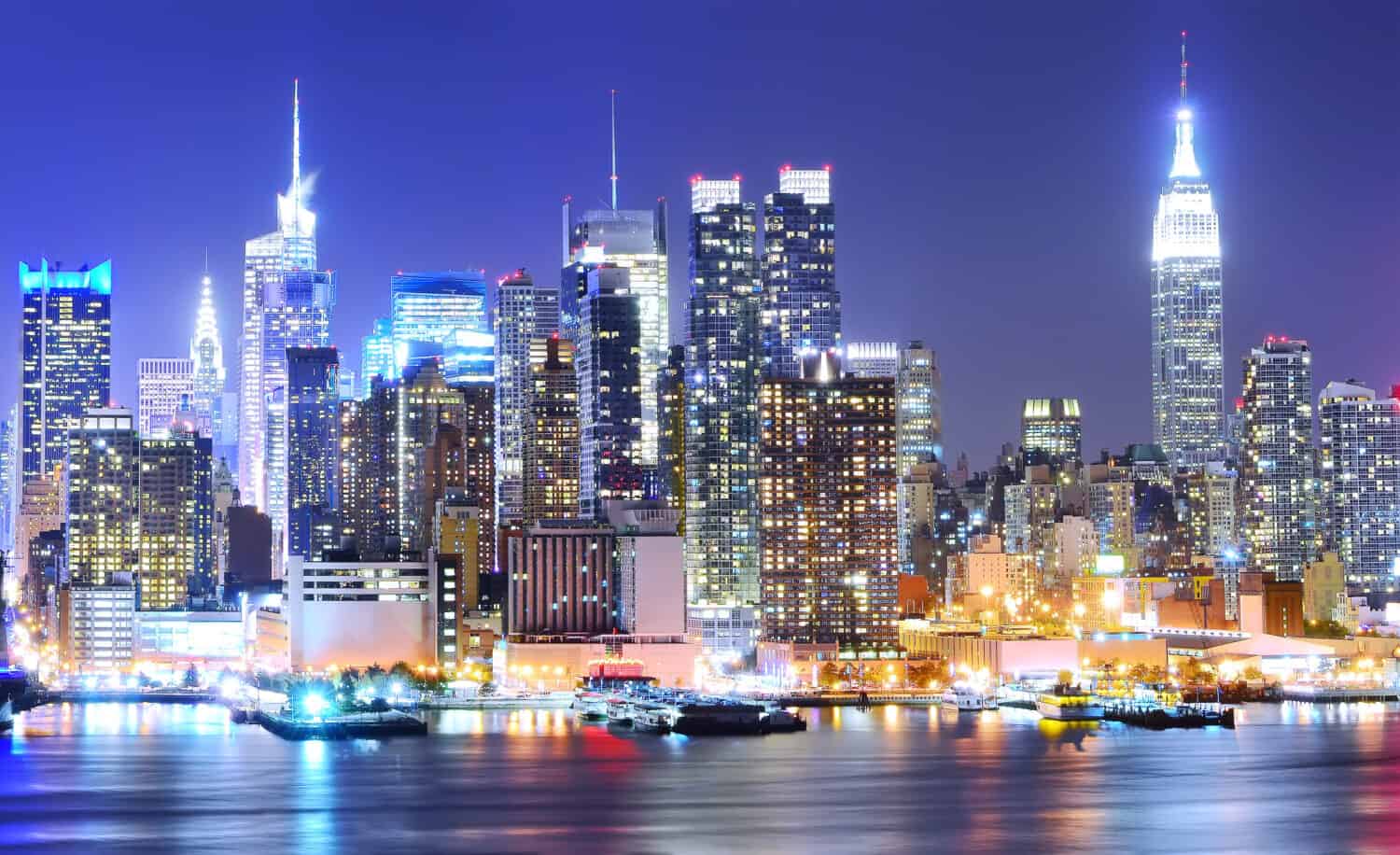
Our data points skewed the results toward East and West coastal states. Their large populations and control of international ports for trade help them leap ahead of many of their contenders. Their locations also make them prime areas for stationing powerful military forces to defend the country’s perimeters.
Unsurprisingly, California, Texas, Florida, and New York have some of the greatest overall advantages, as does Washington state. Atlantic coast states Georgia, North Carolina, and Virginia also ranked in the top 10 as well as Ohio and Illinois in the Midwest.
Underrated Factors
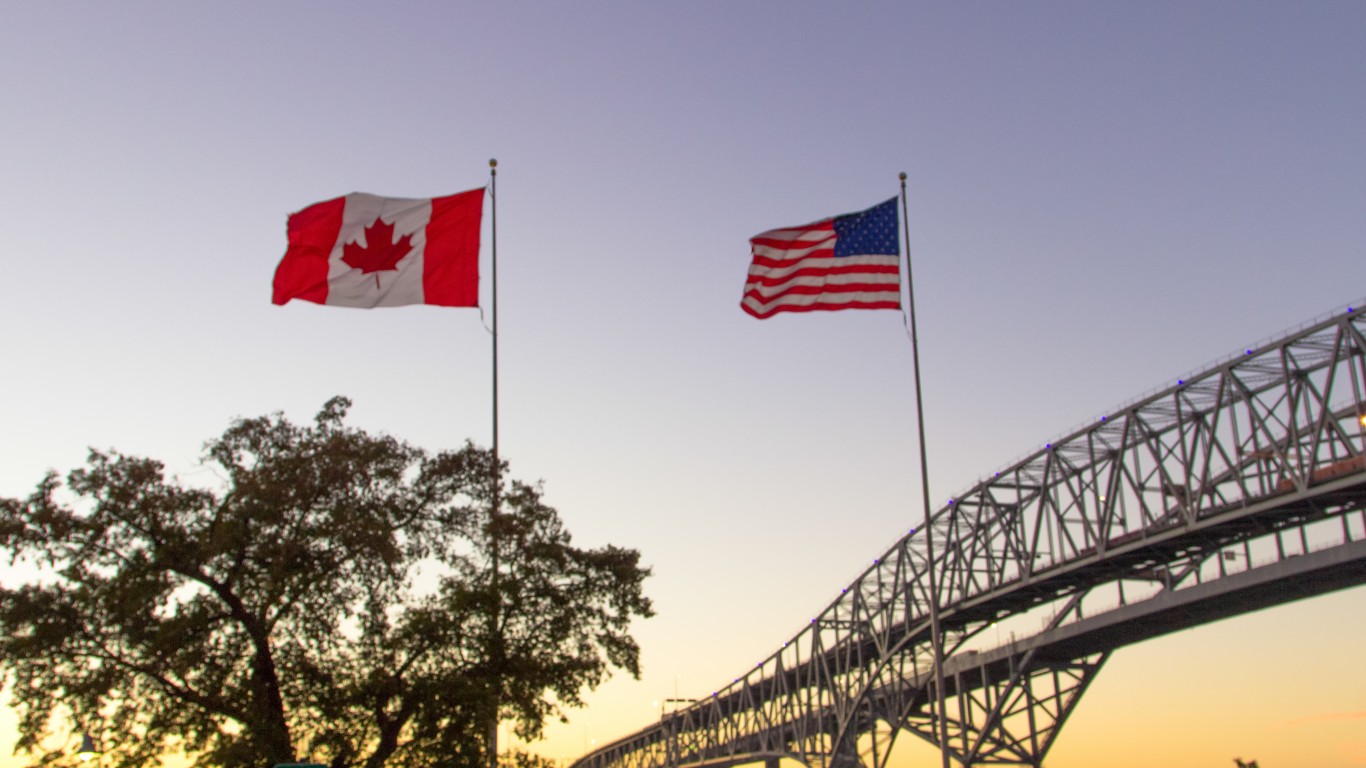
Our approach was not able to quantify some factors that could be decisive in whether or not a state could succeed as a separate country:
- A strong, unified sense of cultural identity would help a new country stay united without breaking down into its own internal civil war. States like Texas and Hawaii that were once independent countries particularly have this advantage.
- If the federal government or neighboring states decided to use military force against a breakaway state, then its size and terrain would be a determinative factor. Rugged mountainous states like West Virginia, Colorado, or Idaho might be in a good defensive position.
- Being located on an international border or having access to the ocean might improve a state’s chances of receiving assistance from abroad, or make it more vulnerable to foreign military intervention.
- Landlocked states like Nevada or Oklahoma might have trouble maintaining independence from powerful neighbors like California and Texas.
Effects on the World
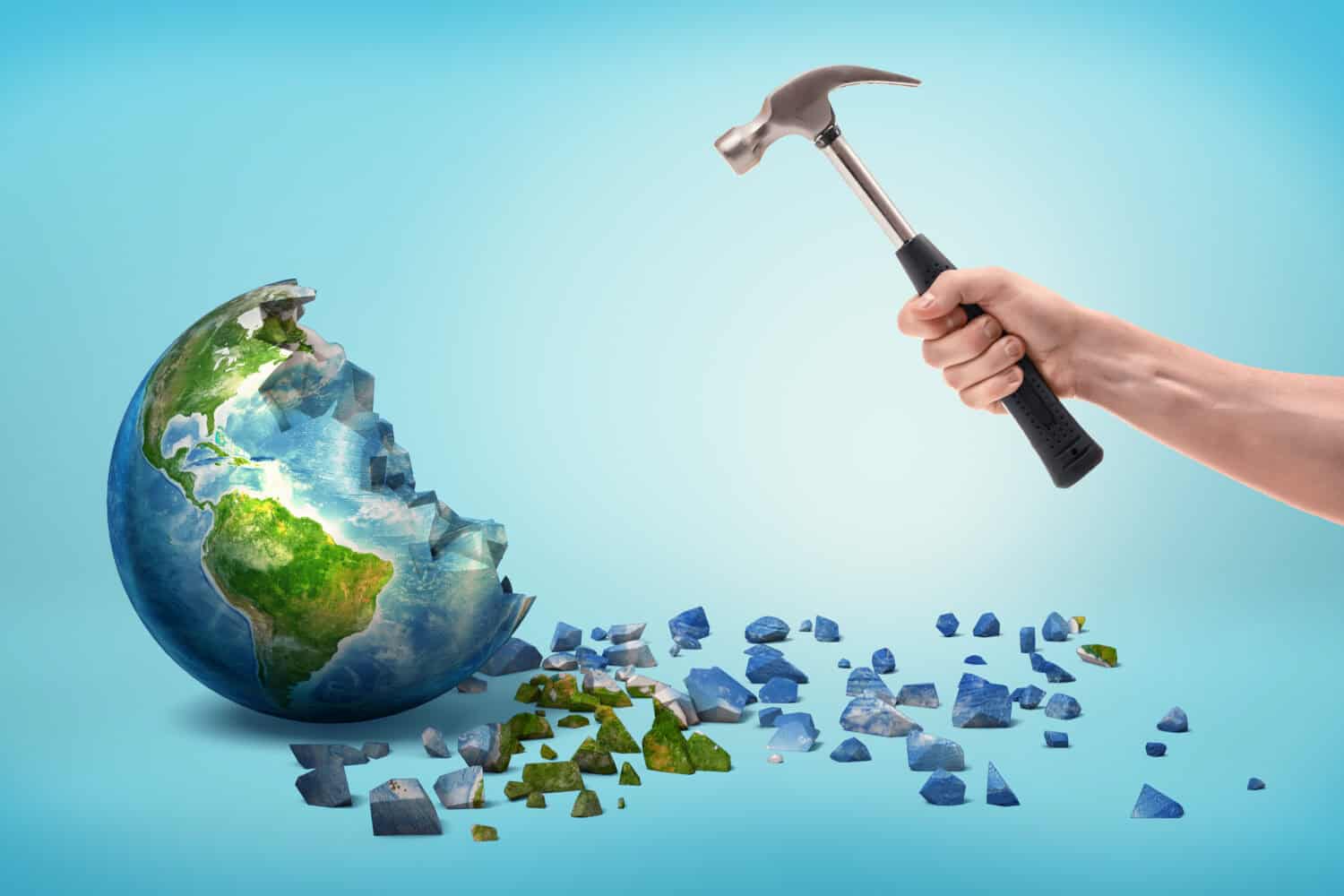
The collapse of the world’s largest military and economic power would have a devastating effect on the global order. Trade would be severely disrupted. The dollar would lose its value as the world’s reserve currency. Barter and foreign currencies would likely be media of exchange in the former United States. China would emerge as the world’s strongest economy and second-largest military after Russia. These American adversaries would begin to expand their spheres of influence and restructure the global order toward authoritarianism.
The withdrawal of American foreign and military aid would likely lead to regional wars in which allies like Taiwan, Israel, and Ukraine would face defeat. Some of these could involve the use of nuclear weapons. And most of the 50 independent American states would be able to do nothing about it, with populations, economies, and militaries comparable to some of the world’s smallest developing countries.
The Bottom Line

Warren Buffett once said, ”For 240 years, it’s been a terrible mistake to bet against America, and now is no time to start.” Loose talk about the country splitting up is nothing new in our history. The one time a group of states tried it, they lost. The country emerged intact—but only with a devastating loss of human life, property, and resources.
The safe money is on the U.S. continuing to weather crises and come out on top, even if that means overcoming actual secessionist efforts. In the end, the vast majority of Americans understand that despite the country’s flaws, we all have it pretty good here. And we, and the world, are safer and more prosperous when we stick together.
It’s Your Money, Your Future—Own It (sponsor)
Retirement can be daunting, but it doesn’t need to be.
Imagine having an expert in your corner to help you with your financial goals. Someone to help you determine if you’re ahead, behind, or right on track. With SmartAsset, that’s not just a dream—it’s reality. This free tool connects you with pre-screened financial advisors who work in your best interests. It’s quick, it’s easy, so take the leap today and start planning smarter!
Don’t waste another minute; get started right here and help your retirement dreams become a retirement reality.
Thank you for reading! Have some feedback for us?
Contact the 24/7 Wall St. editorial team.
